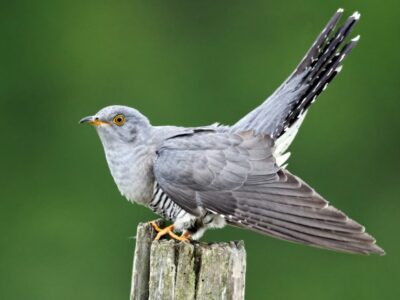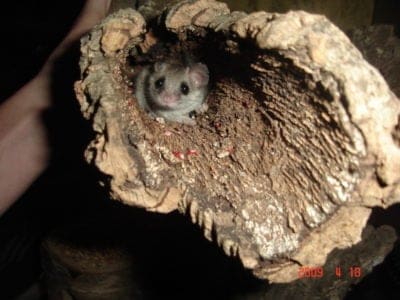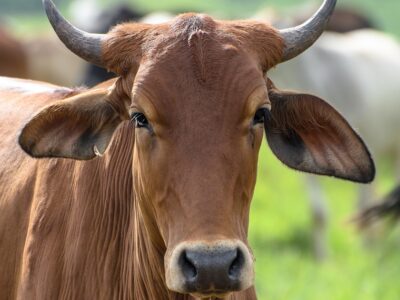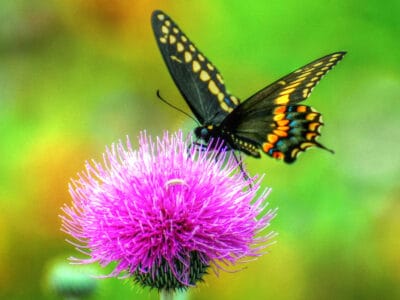Below you can find a complete list of Syrian animals. We currently track 232 animals in Syria and are adding more every day!
Syria is an ethnically and religiously diverse country that’s situated between the eastern Mediterranean coast and the borders of Iraq. For thousands of years, the land fell under the sway of various empires, including Persia, the empire of Alexander, Rome, Byzantium, the Umayyads, Abbasids, the Mongols, Mamluks, Ottomans, and then, after World War I, France. The country finally gained its independence in 1945 as a republic.
Syria’s ecosystem is heavily divided between the east and west. Most of the east is comprised of dry steppes and semi-deserts, while the western part of the country near the sea contains forests, grasslands, mountains, and hills. The Euphrates, which cuts through the east, is the country’s most important river and an excellent source of fresh water and wetland wildlife. In this article, you can learn some of the most remarkable facts about Syria’s animals.
The Official National Animal of Syria
Syria’s national coat of arms is adorned with a hawk. Birds of prey have traditionally been a symbol of strength and a source of entertainment and sport throughout the entire region.
Where to Find the Top Wild Animals in Syria
For adventurous travelers, Syria has several wildlife preserves to explore, including the Dahr Alksair Forest to the west of Homs and the Mount Qasioun area of the capital, Damascus. Sabkhat al-Jabbul (the country’s largest natural lake) and Lake Assad (an artificial lake) can be found directly east of Aleppo. They are immense sources of wildlife biodiversity. Unfortunately, as a result of the country’s civil war, which began in 2011, it has been difficult to reach some parts of Syria.
The Most Dangerous Animals in Syria Today
Syria is home to several venomous animals that can cause harm to people who wander too close. Fortunately, most of these species live out in the desert or steppe regions where they’re less likely to be encountered by people. Here are a few facts about the most dangerous animals.
- Deathstalker – As the name implies, the deathstalker is one of the most dangerous species of scorpions in the world. Its venom is a powerful neurotoxin that causes a severe amount of pain. While healthy adults probably aren’t in life-threatening danger, the old, the young, and the sick have a greater chance of death.
- Levant Viper – Also known as the blunt-nosed viper, this species is actually found across North Africa, the Middle East, and as far as Afghanistan. After a warning hiss, the viper will strike quickly and deliver a toxic substance that can cause significant pain, inflammation, and tissue damage.
- Black Desert Cobra – This species, which might be found in the area bordering Lebanon, has a dangerous toxin that might cause neurological symptoms in anyone whom it bites.
Endangered Animals in Syria
While Syria’s wildlife is not yet in crisis, human activity has put the following species in peril.
- Mountain Gazelle – A unique subspecies of the mountain gazelle is believed to be native to the hillsides and mountains of Syria. Unfortunately, across the entire Middle East, this species is now endangered from habitat loss, hunting, disease, and the fragmentation of the remaining population.
- Mediterranean Monk Seal – Once widespread across the entire Mediterranean, the monk seal is now rarely seen in Syria. Habitat degradation, deliberate killings, and entanglements in nets have all caused numbers to dwindle to under a thousand remaining.
- White-headed Duck – Sporting a white head and a blue or black bill, this duck will sometimes pass through or even stay in Syria for the winter. However, numbers are on the decline from pollution and habitat loss.
- Egyptian Vulture – This scavenging vulture is sometimes found along the Mediterranean coast of Syria, especially as it travels south for the winter. It is endangered from hunting, accidental poisoning, and power lines.
- Steppe Eagle – This is another migratory bird that sometimes passes through or stops in Syria for the winter. However, since its nesting sites are being destroyed at an alarming rate from fires and other disturbances, this species may be in danger of becoming extinct. Human hunting and electrocution are also serious problems.
- Lebanese Thin-toed Gecko – This small lizard is native to Syria, Lebanon, and Israel, but it’s now threatened by habitat loss.
- Angelshark – This unusual-looking shark, which blends in with the sediment to ambush prey, was once common throughout the coastal shores of the Mediterranean. It has been the victim of accidental catches.
Flag of Syria
The Syrian flag is a horizontal tricolor of red, white, and black, with two five-pointed green stars on the white stripe.
Syrian Animals
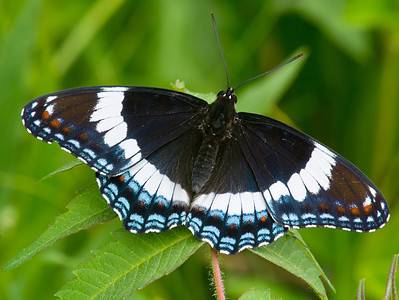
Admiral Butterfly
Stunningly beautiful wings
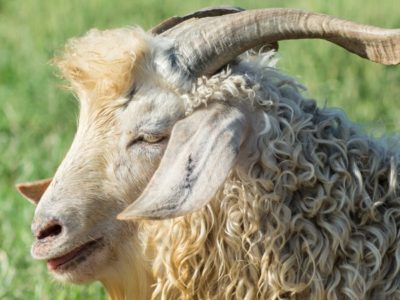
Angora Goat
Each adult Angora goat produces about 12 inches of mohair annually while kids have about 8 inches.
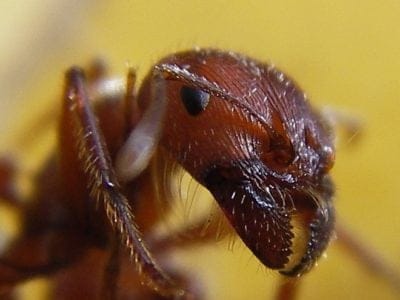
Ant
First evolved 100 million years ago!
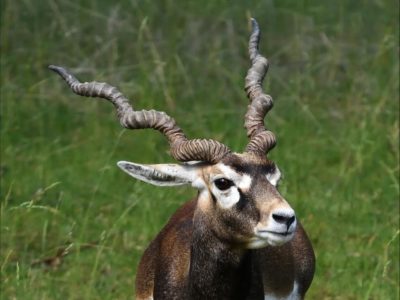
Antelope
Renew their horns every year!
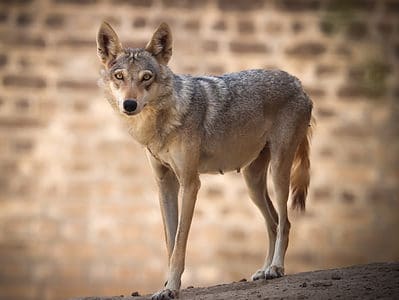
Arabian Wolf
Rare desert wolf
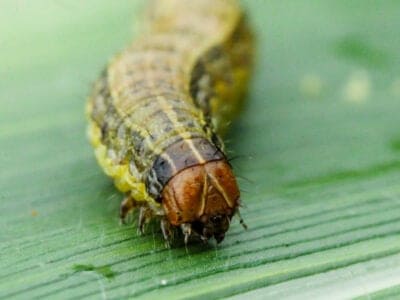
Armyworm
They are so named because they "march" in armies of worms from one crop to another in search of food
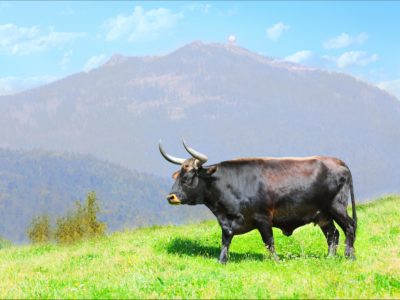
Aurochs
Extinct ancestor of all domesticated cattle!
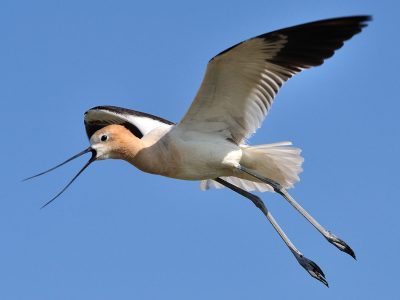
Avocet
Has a curved, upturned beak!
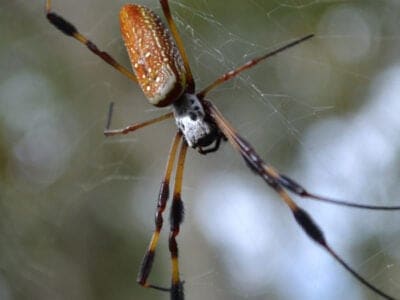
Banana Spider
People spin clothing and fishing nets out of these spiders’ silk.
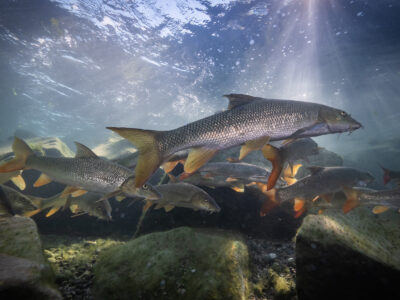
Barb
There are over 1768 known species!
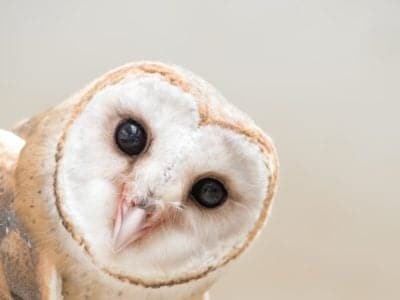
Barn Owl
Found everywhere around the world!
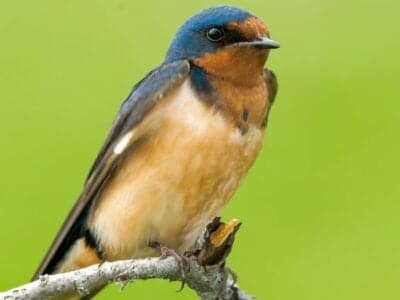
Barn Swallow
Older offspring help care for new hatchlings.
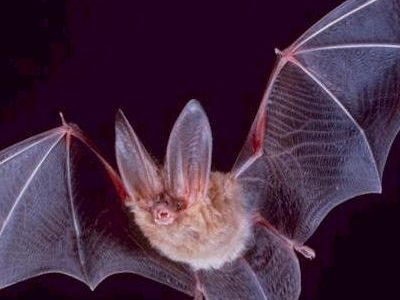
Bat
Detects prey using echolocation!
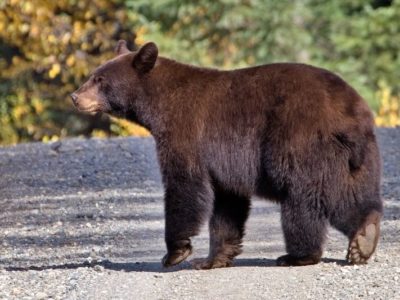
Bear
There are 8 different species!
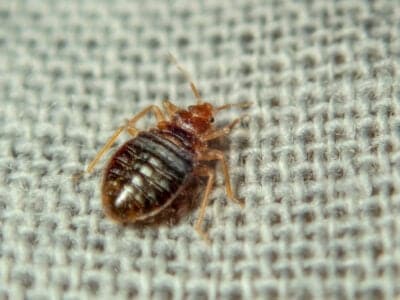
Bed Bugs
Bed bugs feed for 4-12 minutes.
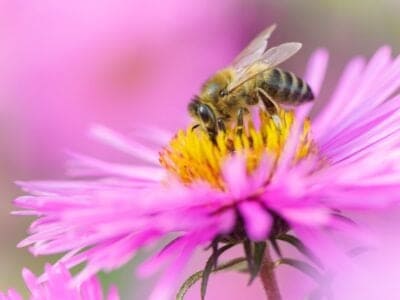
Bee
Rock paintings of bees date back 15,000 years
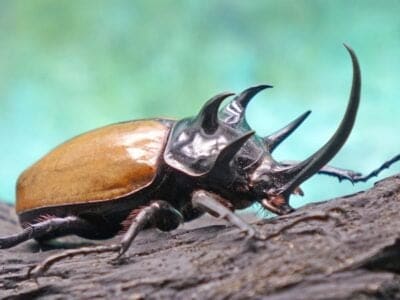
Beetle
There are more than 350,000 different species
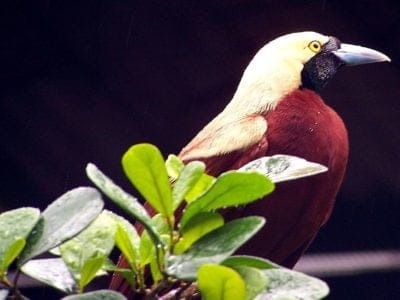
Bird
Not all birds are able to fly!
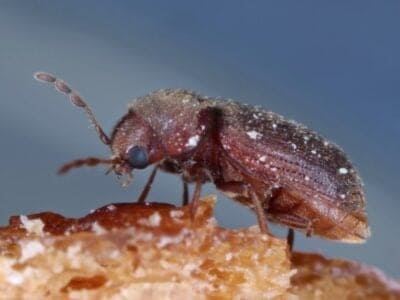
Biscuit Beetle
The biscuit beetle form a symbiotic relationship with yeast
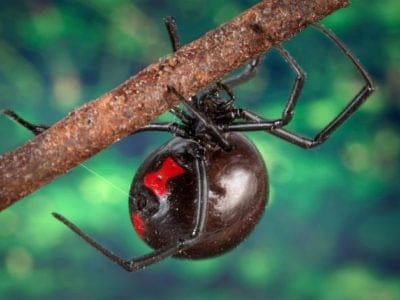
Black Widow Spider
They typically prey on insects!
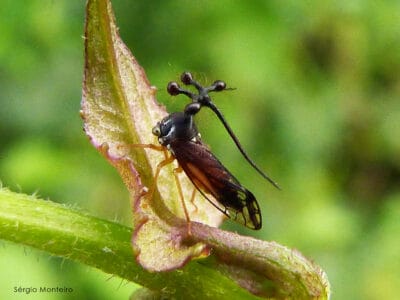
Brazilian Treehopper
“Mild-Mannered Minimonsters”
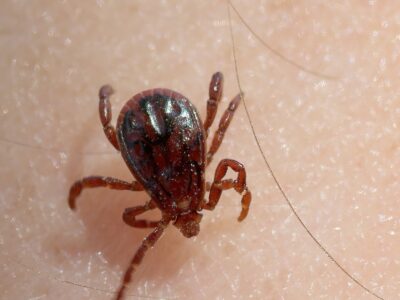
Brown Dog Tick
Can live its entire life indoors
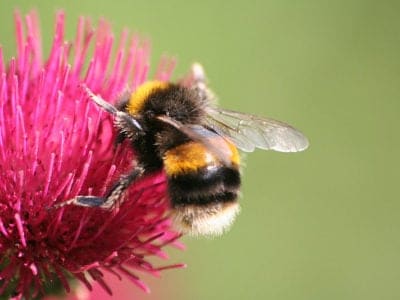
Bumblebee
The most common species of bee!
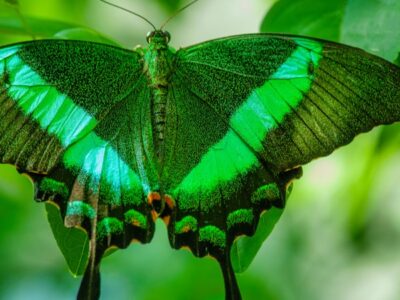
Butterfly
There are thought to be up 17,500 species!
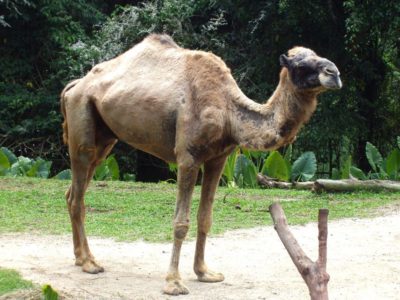
Camel
Can survive without water for 10 months!
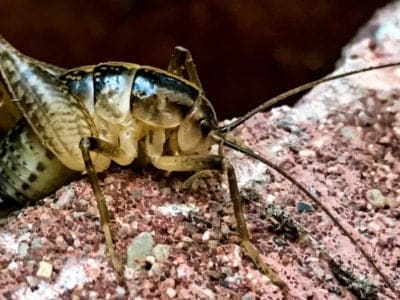
Camel Cricket
The camel crickets that are found in the USA are light brown in color. They also have dark streaks all over their body.
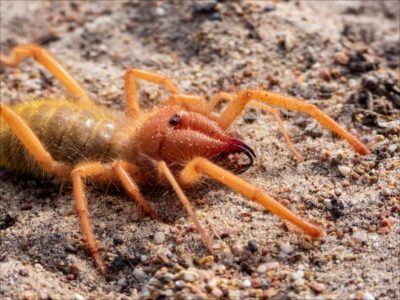
Camel Spider
Fast, carnivorous arachnid with a painful bite.
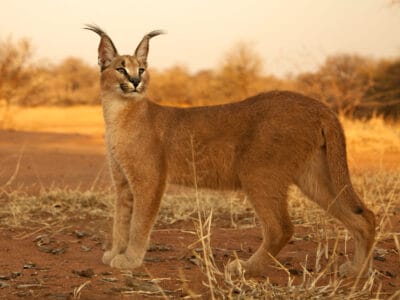
Caracal
Has 20 different muscles in it's ears!
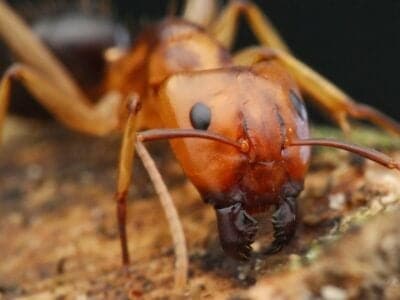
Carpenter Ant
Carpenter ants can lift up to seven times their own weight with their teeth!
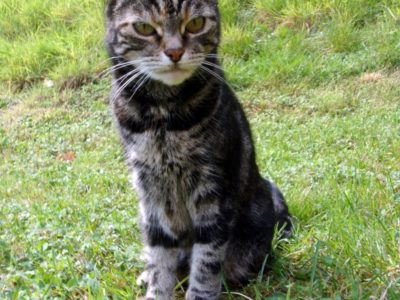
Cat
May have been domesticated up to 10,000 years ago.
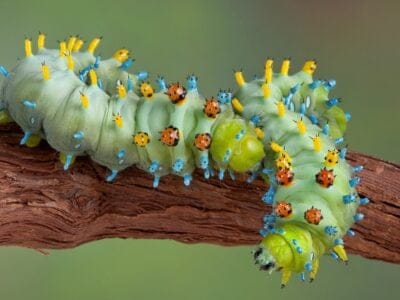
Caterpillar
The larvae of a moth or butterfly!
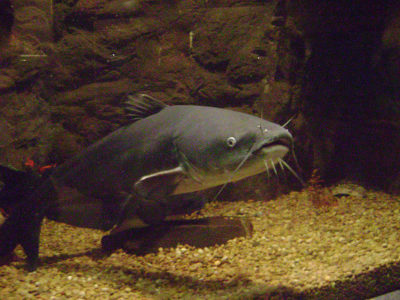
Catfish
There are nearly 3,000 different species!
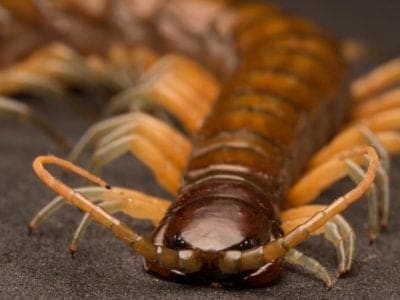
Centipede
There are about 3,000 documented species!
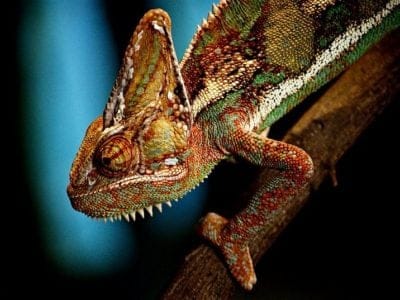
Chameleon
There are more than 160 different species!
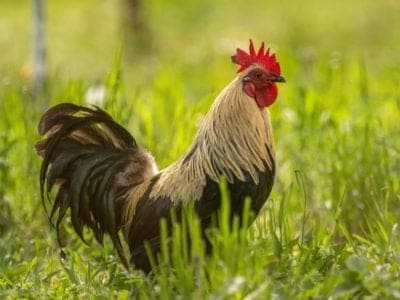
Chicken
First domesticated more than 10,000 years ago!
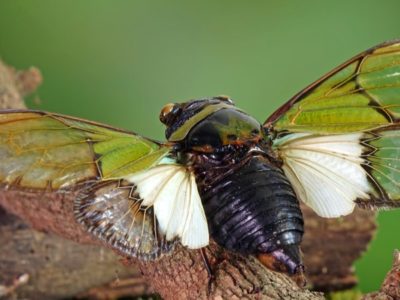
Cicada
Cicadas have one of the longest insect lifespans
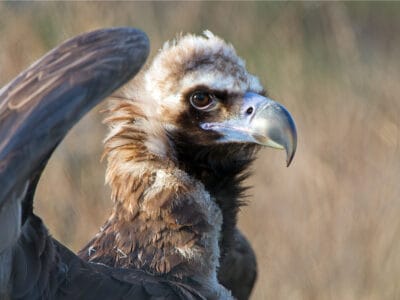
Cinereous Vulture
This vulture can fly at great heights. At least one was found a few thousand feet from the top of Mount Everest.
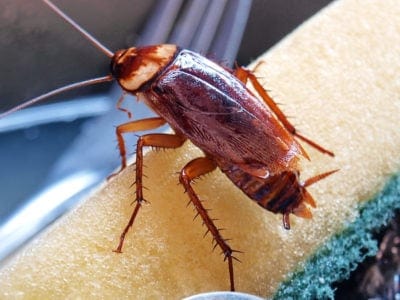
Cockroach
Dated to be around 300 million years old!
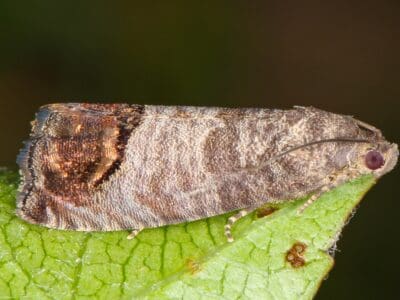
Codling Moth
Pupae are able to undergo diapause to survive poor fruit yield years and winter.
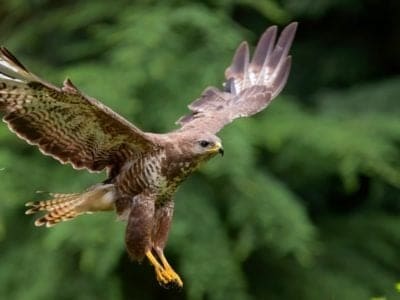
Common Buzzard
The most common raptor in the UK!
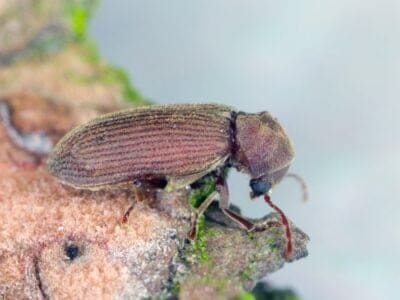
Common Furniture Beetle
The common furniture beetle feeds exclusively on wood
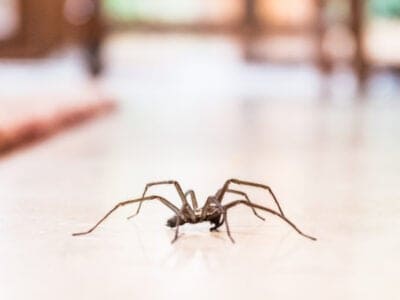
Common House Spider
House spiders have the ability to eat most insects in a home.

Common Raven
A group of ravens is called an unkindness or a conspiracy.
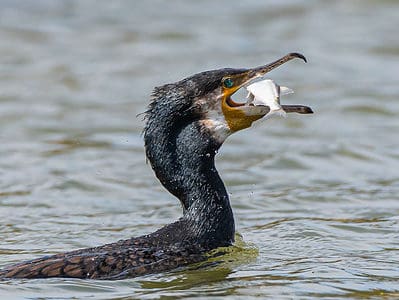
Cormorant
They can fly 35 mph and dive 150 feet below water.
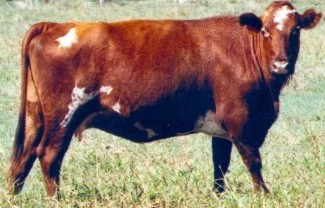
Cow
There are nearly 1.5 billion worldwide!
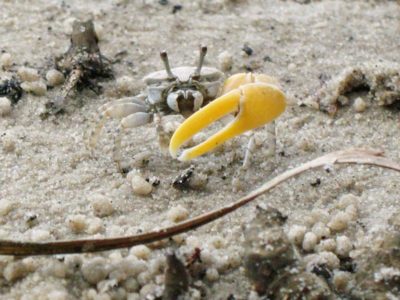
Crab
There are 93 different crab groups
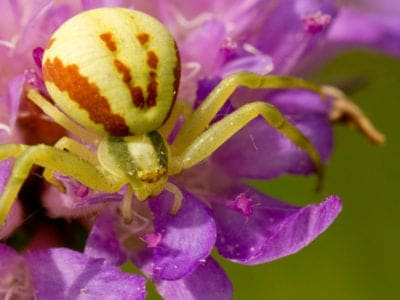
Crab Spider
Crab Spiders can mimic ants or bird droppings
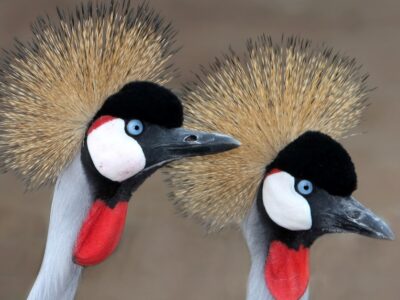
Crane
Many are critically endangered species!
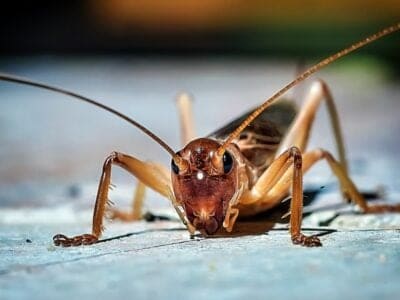
Cricket
Male crickets can produce sounds by rubbing their wings together
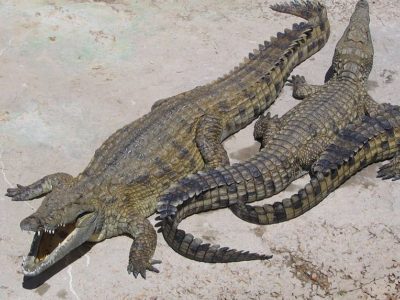
Crocodile
Have changed little in 200 million years!
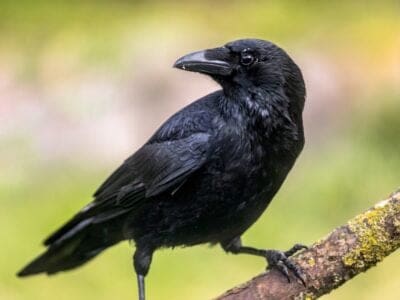
Crow
A group of these birds is called a Murder.
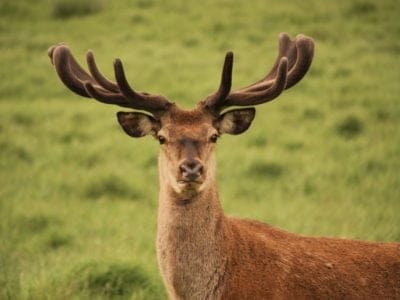
Deer
There are around 40 different species!
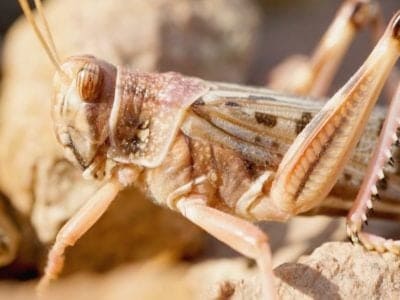
Desert Locust
Solitary locusts are grey while gregarious locusts are yellow with stripes.

Desert Wolf
These tiny wolves prefer to cohabitate in pairs or groups of three (generally two males and a female).

Dog
First domesticated in South-East Asia!
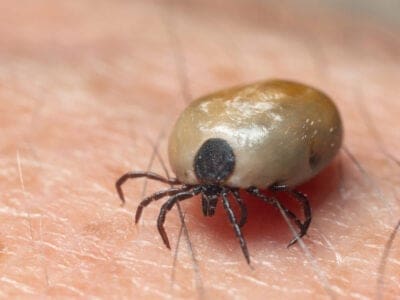
Dog Tick
Dog ticks feed on dogs and other mammals
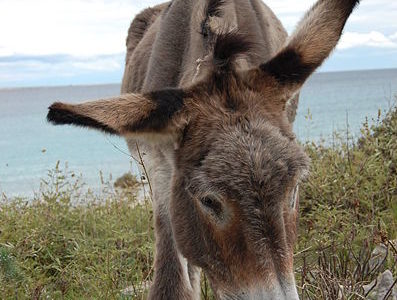
Donkey
First domesticated 5,000 years ago!
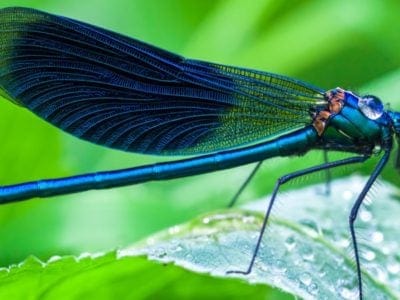
Dragonfly
It's larvae are carnivorous!
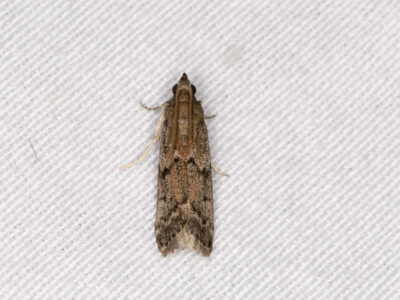
Dried Fruit Moth
In the event of adverse environmental conditions, dried fruit moth larvae will become dormant and stop developing.
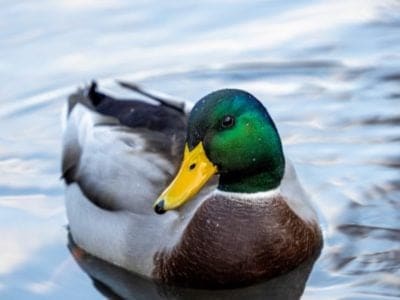
Duck
Rows of tiny plates line their teeth!
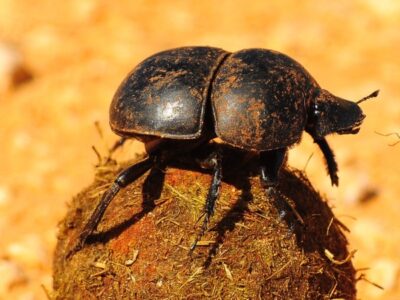
Dung Beetle
The dung beetle can push objects many times its own weight
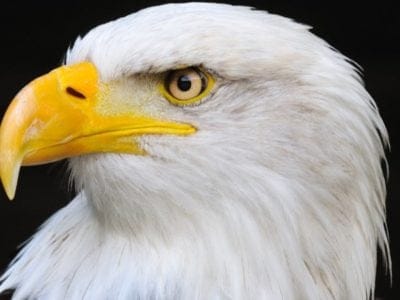
Eagle
Has exceptional eyesight!

Earthworm
They are hermaphrodites, which means they have male and female organs
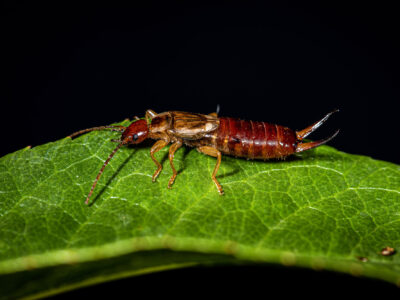
Earwig
There are nearly 2,000 different species!

Eel
Eels can be a mere few inches long to 13 feet!
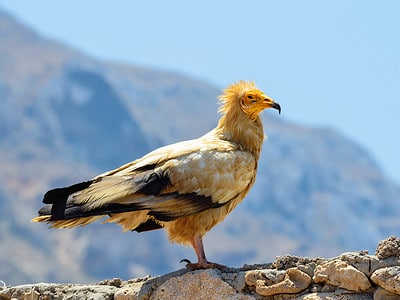
Egyptian Vulture
They steal large ostrich eggs and use rocks and pebbles to crack the shells.
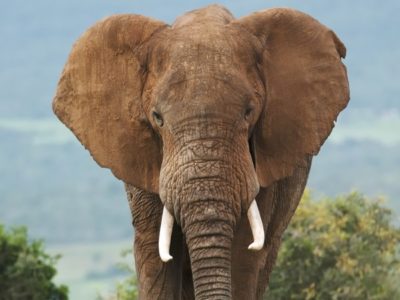
Elephant
Spends around 22 hours a day eating!
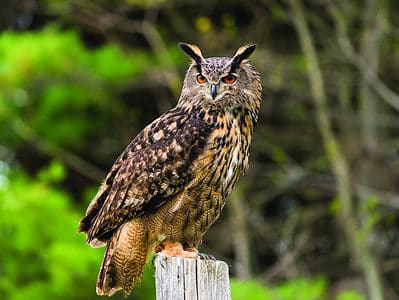
Eurasian Eagle-owl
The Eurasian Eagle-owl is the second largest owl in the world with a wingspan up to six feet!
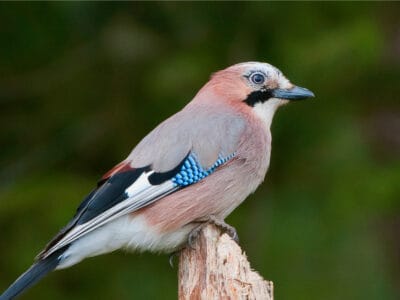
Eurasian Jay
The Eurasian jay has the ability to mimic other sounds
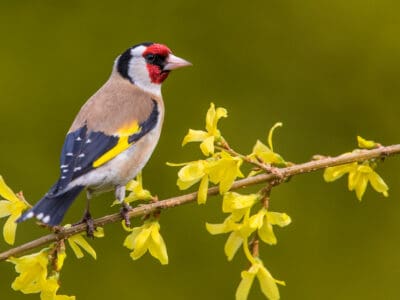
European Goldfinch
They are frequent visitors to backyard feeders, especially those containing niger seeds.
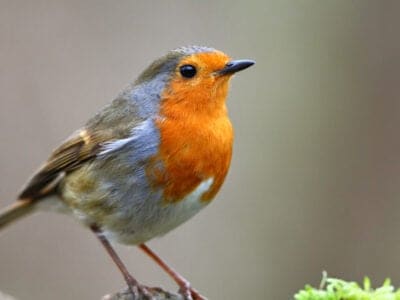
European Robin
Male robins are so aggressive and territorial that they will attack their own reflections.
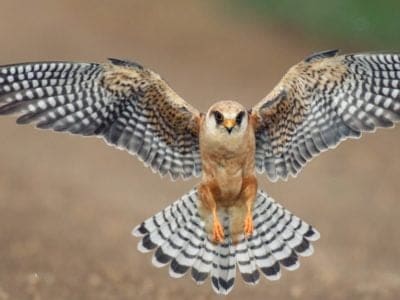
Falcon
The fastest creatures on the planet!
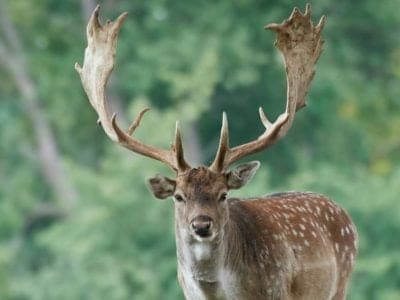
Fallow deer
The fallow deer has more variation in its coat colors than most other deer.
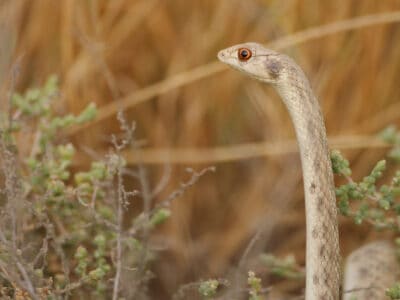
False Cobra
When it feels threatened, it mimics a cobra in an attempt to dissuade a potential attacker.
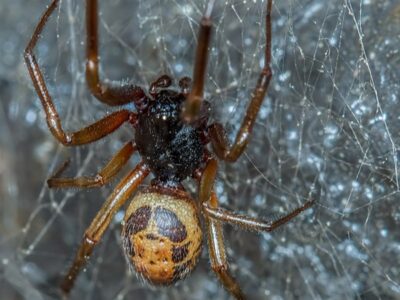
False Widow Spider
False spiders actually prey on black widow spiders and other hazardous spiders
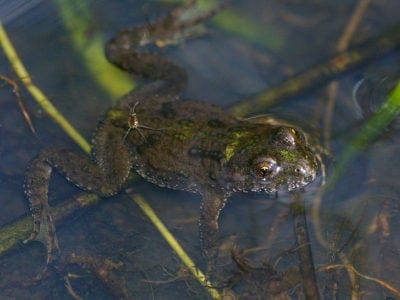
Fire-Bellied Toad
Found across mainland Europe and Asia!
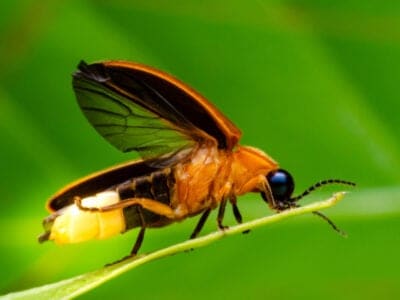
Firefly
The firefly produces some of the most efficient light in the world
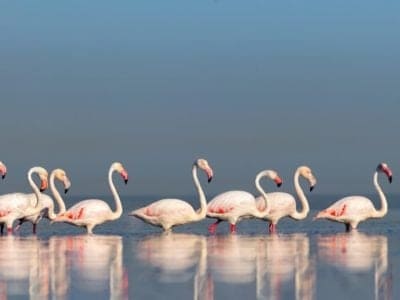
Flamingo
Sleeps on just one leg!
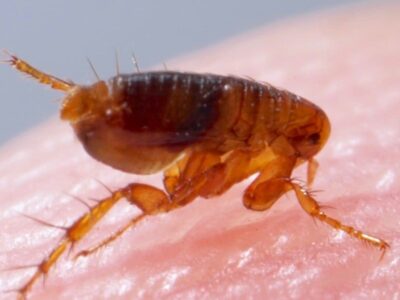
Flea
Adult fleas can jump up to 7 inches in the air
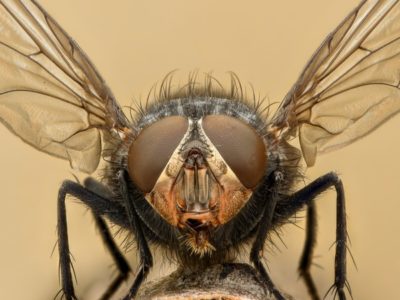
Fly
There are more than 240,000 different species!
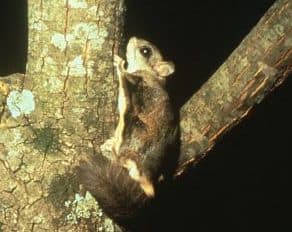
Flying Squirrel
Can glide up to 90 meters!
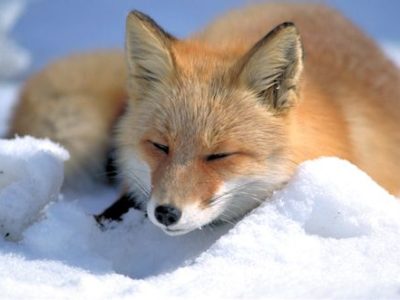
Fox
Only 12 species are considered "true foxes"
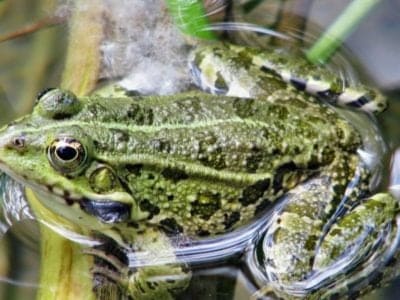
Frog
There are around 7,000 different species!
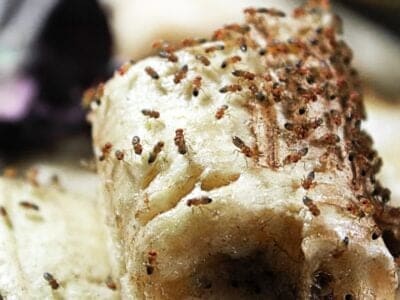
Fruit Fly
Fruit flies are among the most common research animals in the world
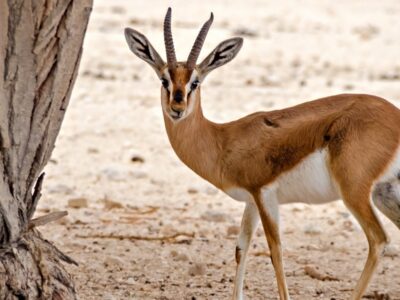
Gazelle
Named for the Arabic word for love poems
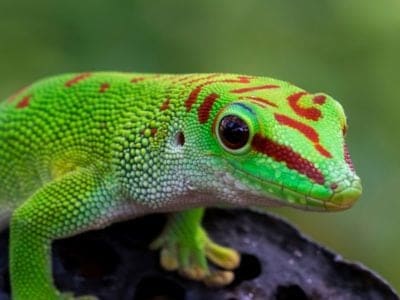
Gecko
There are thought to be over 2,000 species!
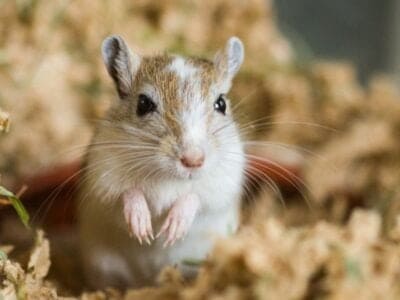
Gerbil
Originally known as the Desert Rat!
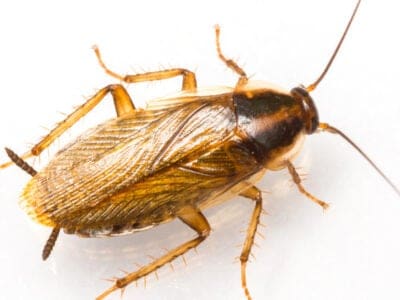
German Cockroach
The most common type of urban roach
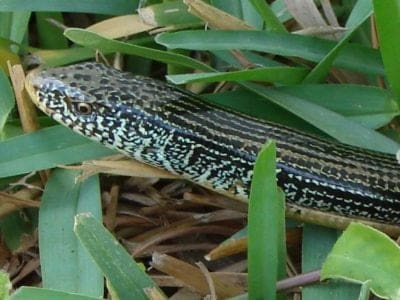
Glass Lizard
Can grow up to 4ft long!
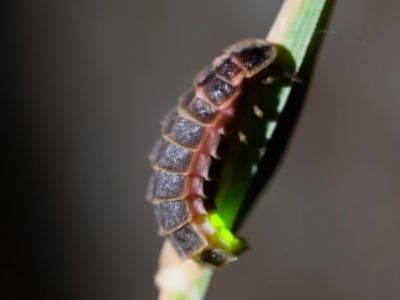
Glowworm
Found inhabiting dense woodland and caves!
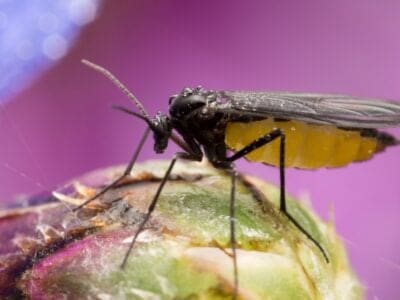
Gnat
Males form large mating swarms at dusk
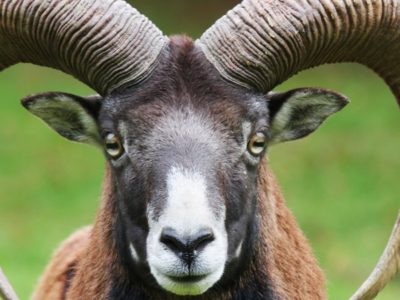
Goat
Most closely related to the Sheep!
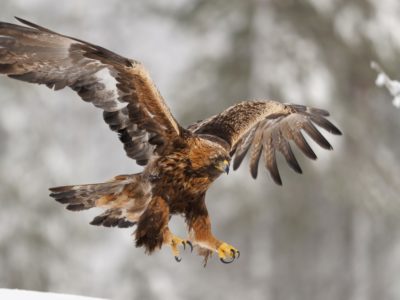
Golden Eagle
Their calls sound like high-pitched screams, but they are quiet most of the time.
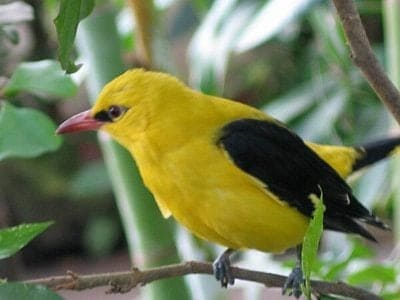
Golden Oriole
Migrates between Europe and Asia!
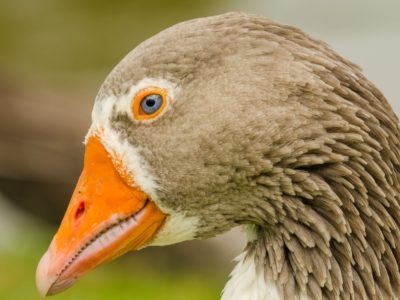
Goose
There are 29 different species!
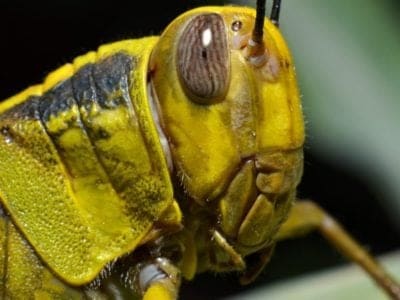
Grasshopper
There are 11,000 known species!
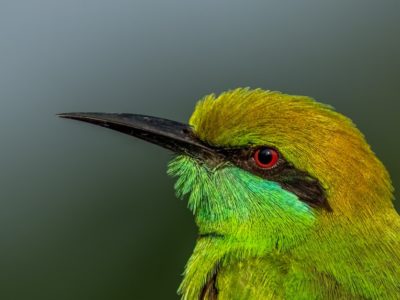
Green Bee-Eater
Mainly eats honeybees!
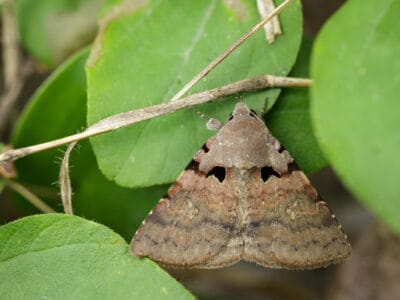
Gypsy Moth
One of the most invasive species in the world
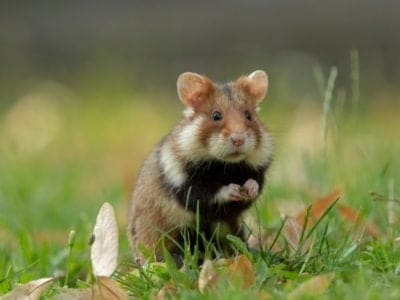
Hamster
Able to run as quickly backwards as forwards!
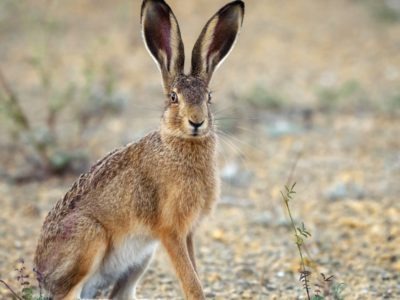
Hare
Can reach speeds of over 50 mph!
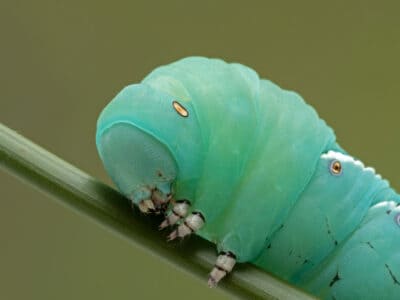
Hawk Moth Caterpillar
Many hawk moth caterpillars eat toxins from plants, but don’t sequester them the way milkweed butterflies do. Most toxins are excreted.
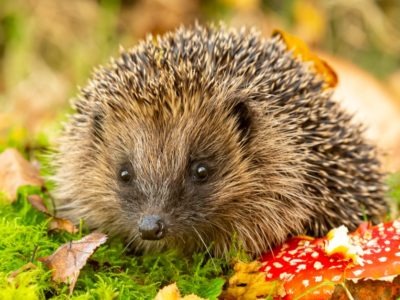
Hedgehog
Thought to be one of the oldest mammals on Earth!
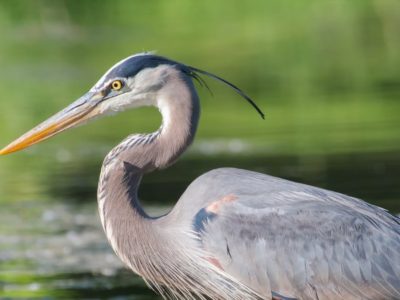
Heron
Inhabits wetlands around the world!
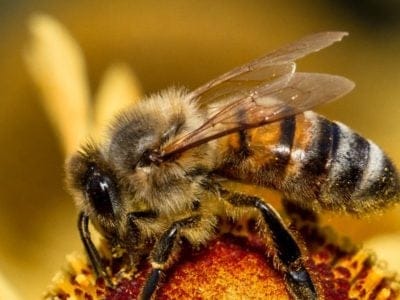
Honey Bee
There are only 8 recognized species!
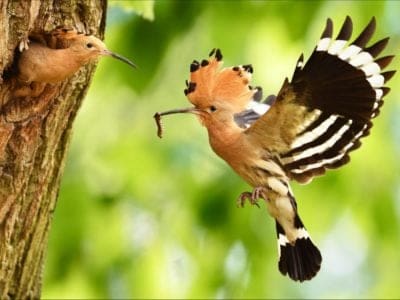
Hoopoe
Stunning bird with a stinky way to deter predators!
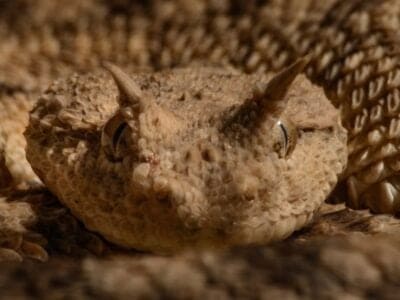
Horned Viper
Horned vipers sidewind across the desert sands of their home.
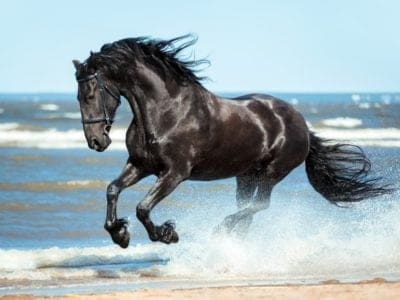
Horse
Has evolved over 50 million years!
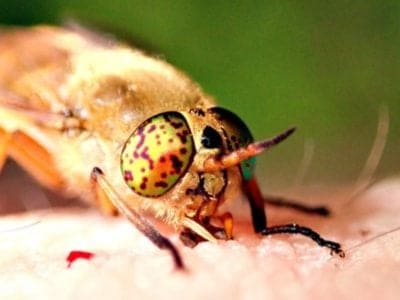
Horsefly
Horseflies have been seen performing Immelmann turns, much like fighter jets.
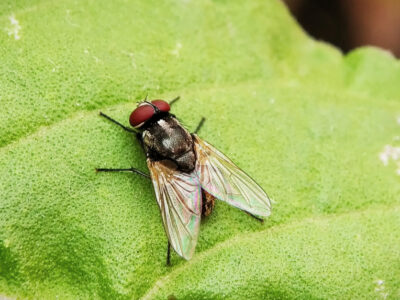
Housefly
The fly has no teeth

Human
Thought to have orignated 200,000 years ago!
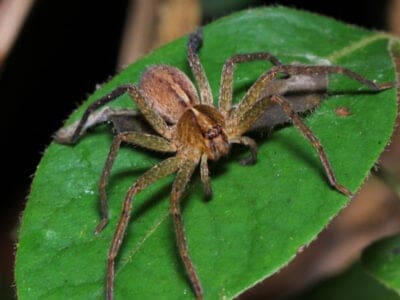
Huntsman Spider
Some huntsman spiders have an interesting way of moving around. Some cartwheel while others do handsprings or backflips.
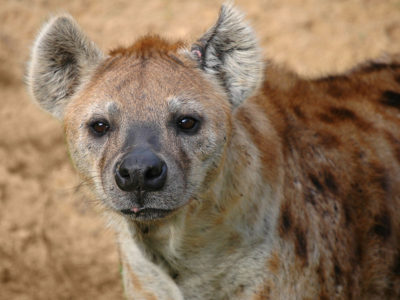
Hyena
There are four different species!
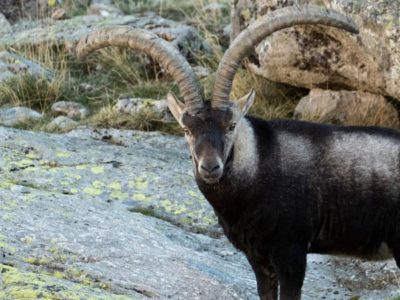
Ibex
Can jump over 6 feet straight up from a standstill
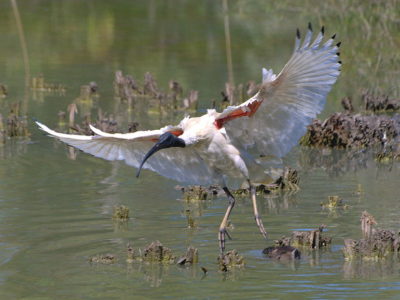
Ibis
Found in swamps, marshes and wetlands!
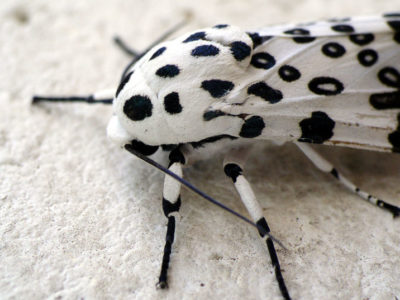
Insects
There are an estimated 30 million species!
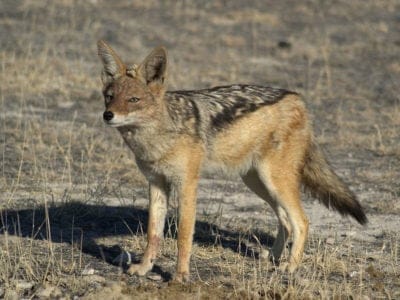
Jackal
Can maintain speeds of 16 km/h!
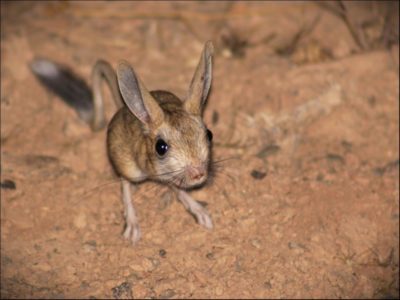
Jerboa
Tiny rodent with a kangaroo-like jump!
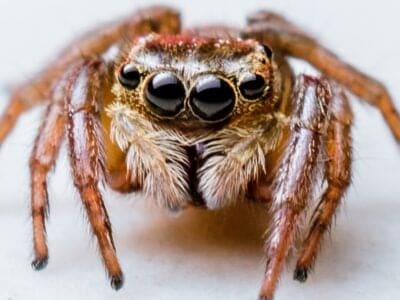
Jumping Spider
Some can jump 50 times the length of their bodies
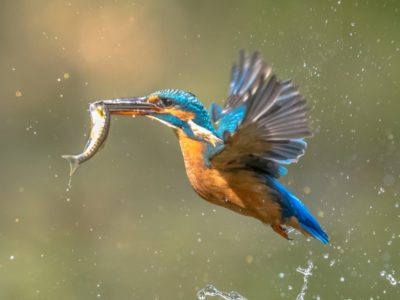
Kingfisher
Inhabits wetlands and woodlands worldwide!
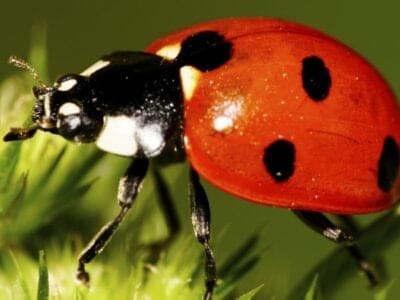
Ladybug
There are more than 5,000 species worldwide!
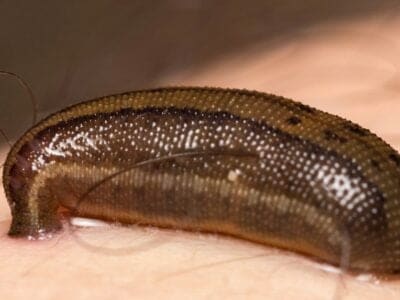
Leech
Has 10 pairs of eyes!

Liger
The offspring of a lion and tiger parents!
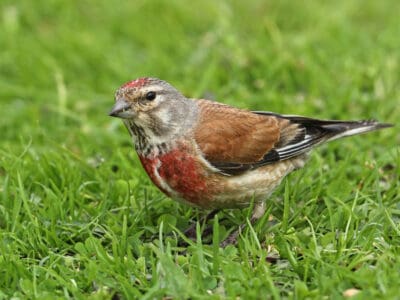
Linnet
While linnets are monogamous during mating season, they do not mate for life. While breeding pairs are together, the males are highly territorial and will defend the nesting site and the surrounding area.
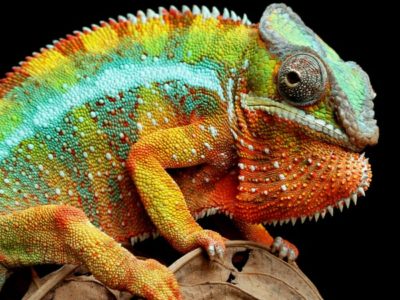
Lizard
There are around 5,000 different species!
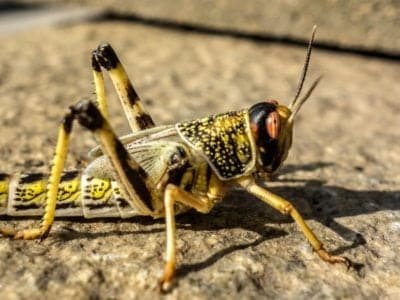
Locust
Each locust can eat its weight in plants each day.
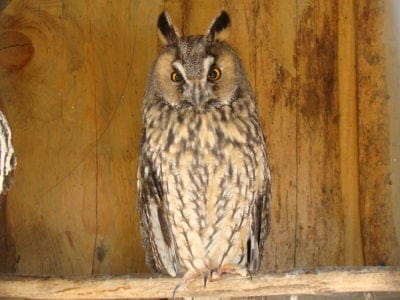
Long-Eared Owl
Ear tufts make it look bigger!
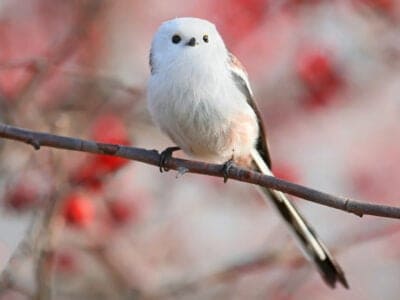
Long-Tailed Tit
Often hangs upside down while feeding!
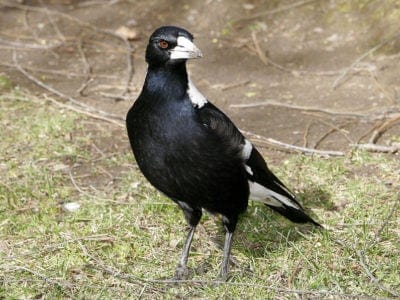
Magpie
They are found across Europe, Asia and Africa!
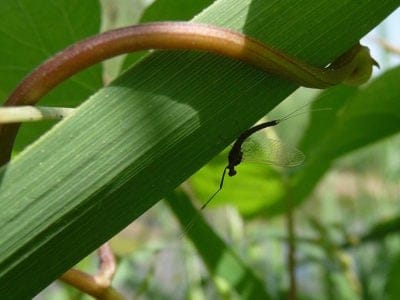
Mayfly
There are 2,500 known species worldwide!
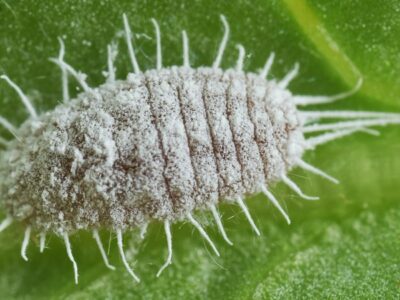
Mealybug
They have a symbiotic relationship with ants.
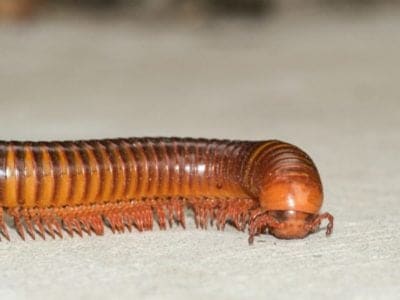
Millipede
Some species have a poisonous bite!
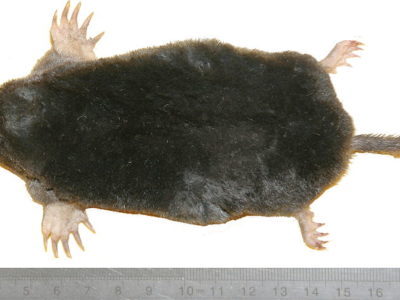
Mole
Primarily hunts and feeds on Earthworms!
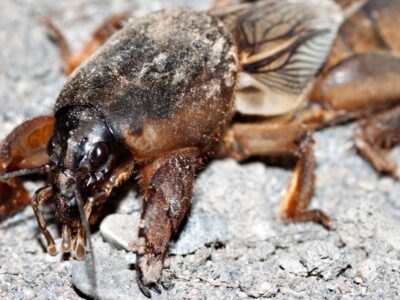
Mole Cricket
Adult Mole crickets may fly as far as 5 miles during mating season and are active most of the year.
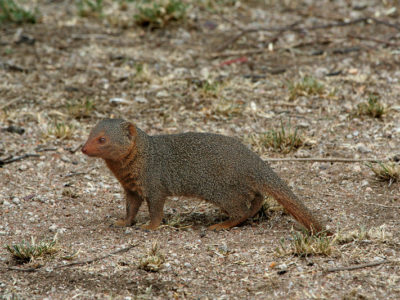
Mongoose
Range in size from just 1 to 3 foot!

Mongrel
Has characteristics of two or more breeds!
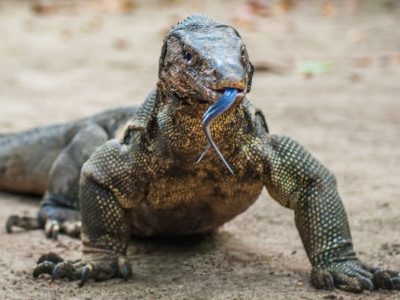
Monitor Lizard
Some species are thought to carry a weak venom!
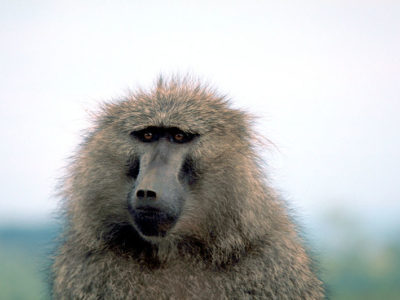
Monkey
There are around 260 known species!
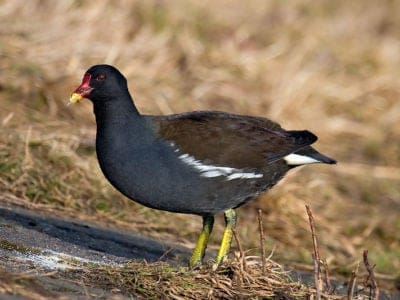
Moorhen
Feeds on aquatic insects and water-spiders!
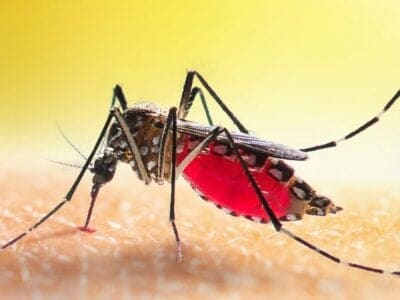
Mosquito
Only the female mosquito actually sucks blood
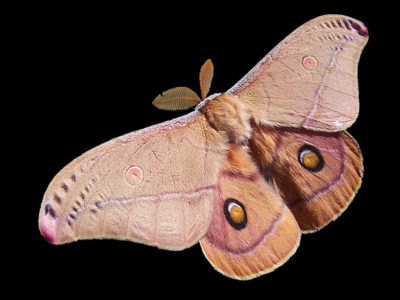
Moth
There are 250,000 different species!
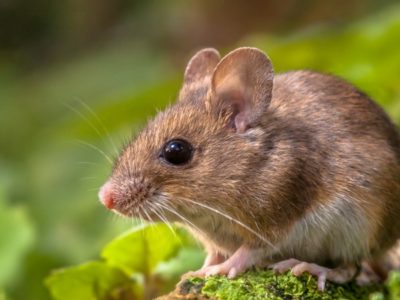
Mouse
Found on every continent on Earth!
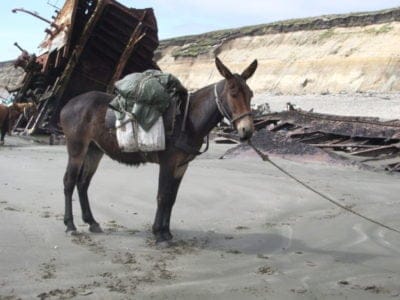
Mule
The offspring of a horse and donkey parents!

Neanderthal
Roamed Asia and Europe for around 100,000 years!
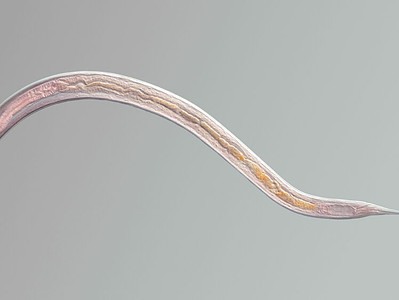
Nematode
Nematodes range in size from 1/10 of an inch to 28 feet long
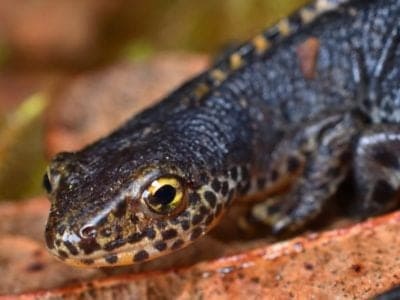
Newt
Able to regrow lost or damaged limbs!
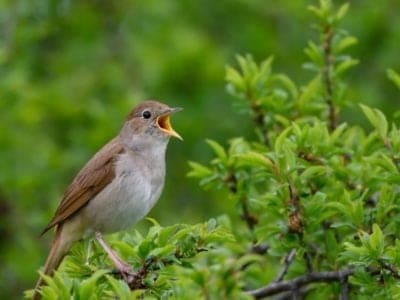
Nightingale
Named more than 1,000 years ago!
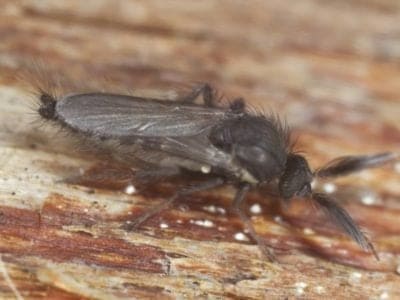
No See Ums
There are more than 5,000 species.
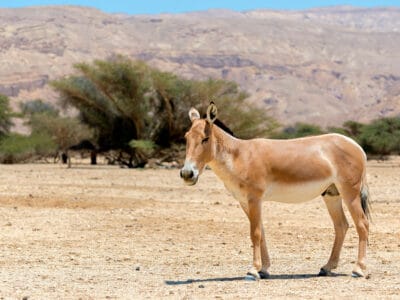
Onager
An onager's coat changes color with the season.
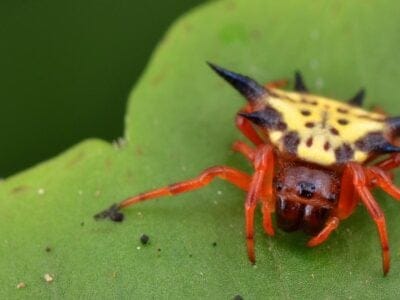
Orb Weaver
Females are about four times the size of males
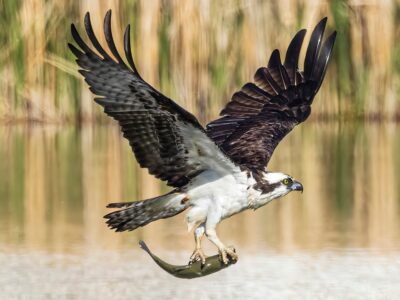
Osprey
They reuse nesting sites for 70 years!

Otter
There are 13 different species worldwide
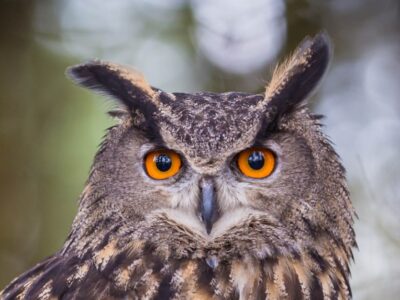
Owl
The owl can rotate its head some 270 degrees
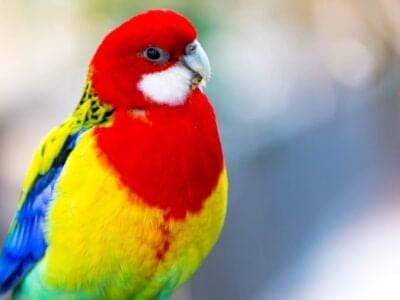
Parakeet
Monk parakeets are the only parakeets that actually build nests. They’re also the only parakeets to nest in great colonies.
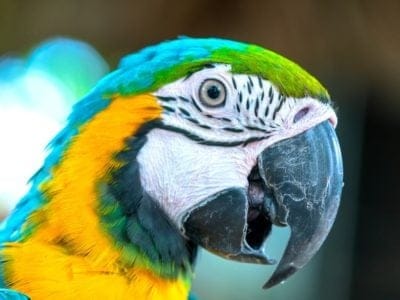
Parrot
Can live for up to 100 years!
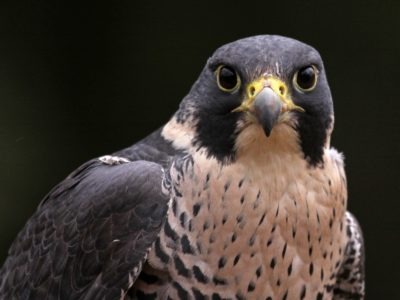
Peregrine Falcon
Fastest animal on Earth

Persian
Thought to have originated in the Middle East!
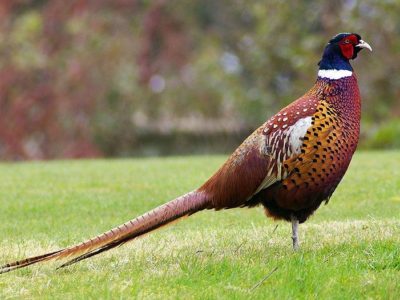
Pheasant
Females lay between 8 and 12 eggs per clutch!
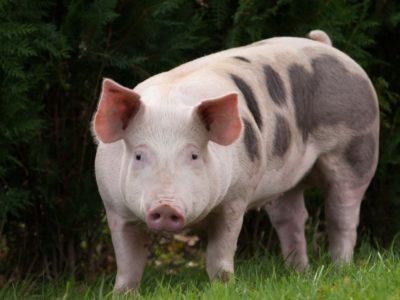
Pig
Thought to have been domesticated in 9,000 BC!
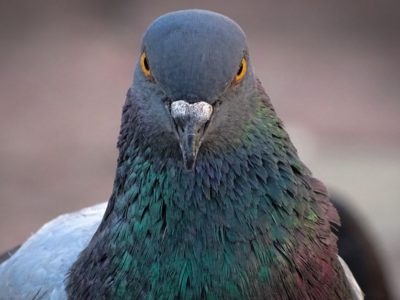
Pigeon
They can find their way back to their nests from up to 1300 miles away.
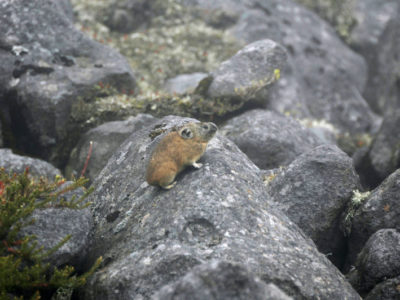
Pika
Found in mountainous regions and rocky areas
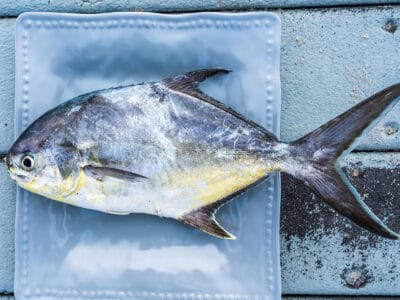
Pompano Fish
They are bottom-feeders
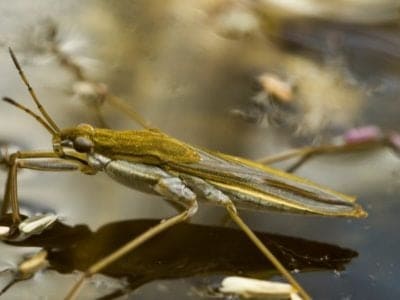
Pond Skater
There are 500 different species!
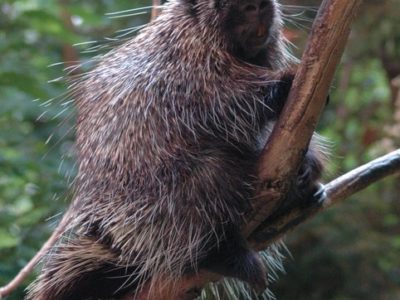
Porcupine
There are 30 different species worldwide!
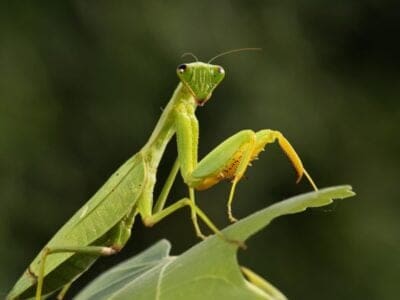
Praying Mantis
The mantis can turn its head 180 degrees.
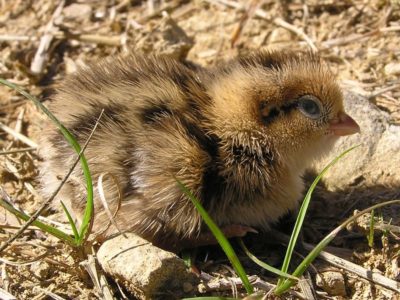
Quail
Inhabits woodland and forest areas worldwide!
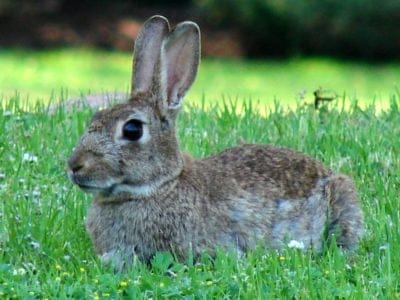
Rabbit
There are more than 300 different species!
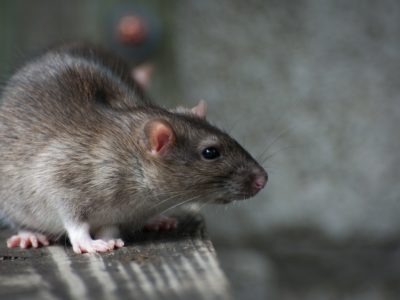
Rat
Omnivores that eat anything!
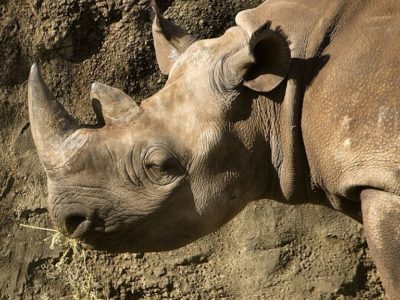
Rhinoceros
It's horns are made from keratin!
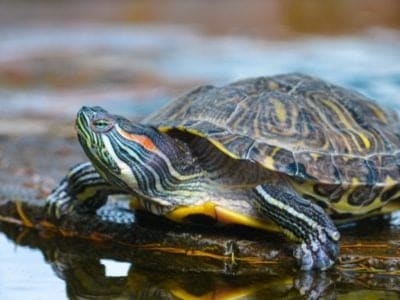
River Turtle
Inhabits freshwater habitats around the world!
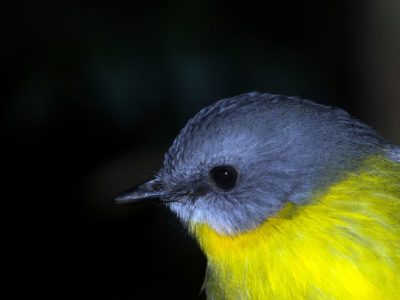
Robin
There are more than 45 species in Australia alone!
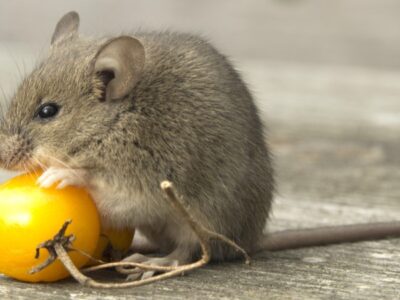
Rodents
The capybara, the world’s largest rodent, likes to be in and around bodies of water. Because of this, the Catholic Church in South America decided that it was a fish, and people were allowed to eat it during Lent and First Fridays.
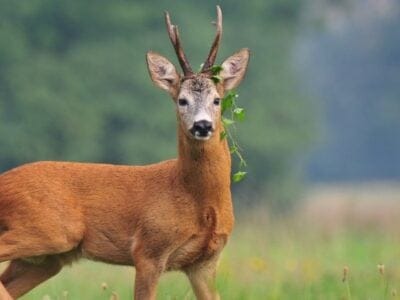
Roe Deer
The roe is one of the most popular game animals in Europe
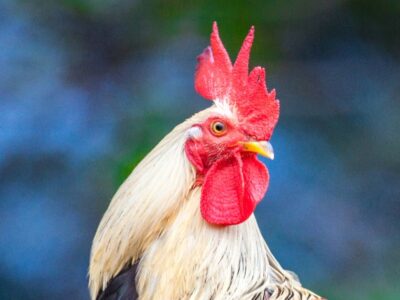
Rooster
Will mate with the entire flock!
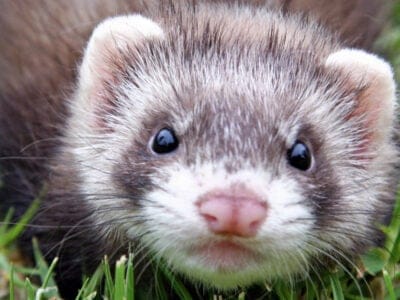
Sable Ferret
Ferrets were used during the Revolutionary War to keep down the rat population.
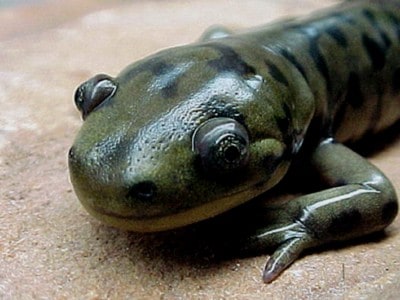
Salamander
There are more than 700 different species!

Saluki
The Saluki is one of the fastest dog breeds in the world.
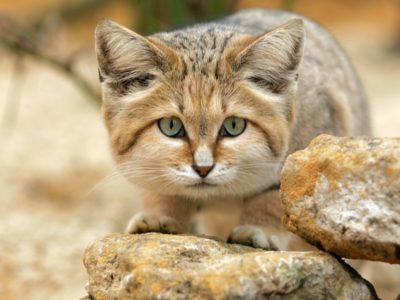
Sand Cat
They can survive for weeks without drinking water because the get moisture from their prey.
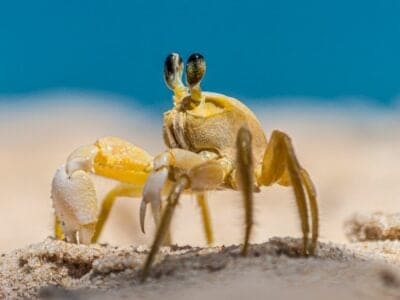
Sand Crab
The sand crab burrows beneath the sand with its tail
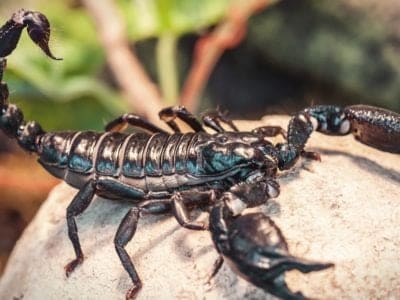
Scorpion
There are around 2,000 known species!
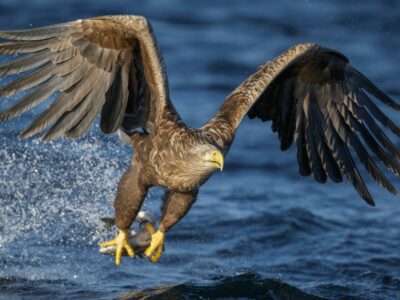
Sea Eagle
The sea eagle tends to mate for life with a single partner
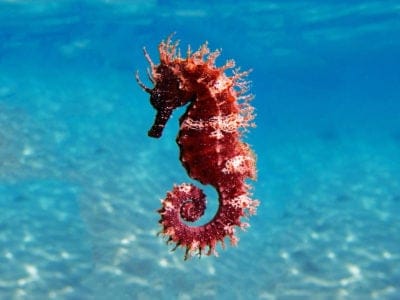
Seahorse
Males give birth to up to 1,000 offspring!
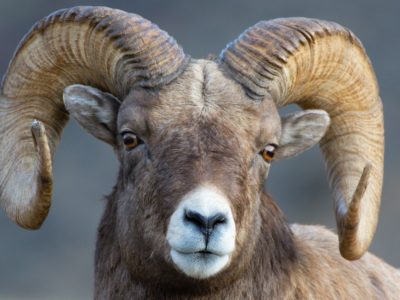
Sheep
Around 35 million in the English countryside!
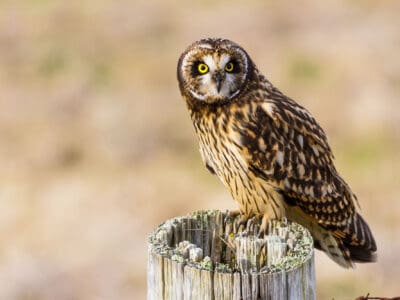
Short-Eared Owl
The short-eared owl is one of the most widespread owl species in the world, covering five continents.
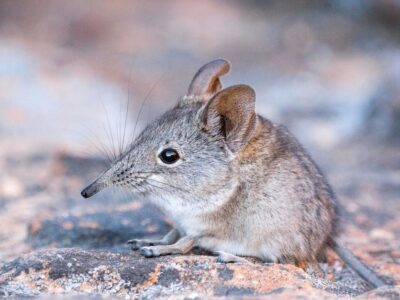
Shrew
The spinal column of the shrew Scutisorex somereni is so strong and reinforced that it can support the weight of an adult human.
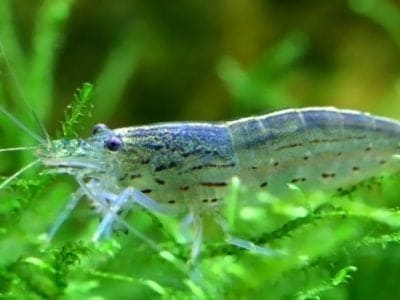
Shrimp
There are 2,000 different species worldwide!
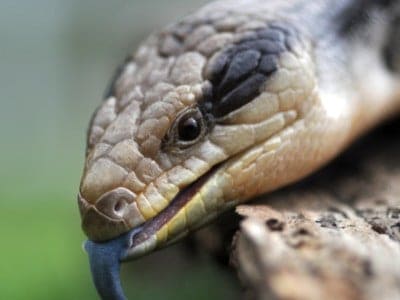
Skink Lizard
Some skinks lay eggs in some habitats while giving birth to skinklets in other habitats.
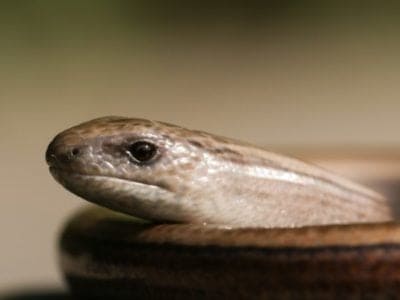
Slow Worm
Found widely throughout British gardens!
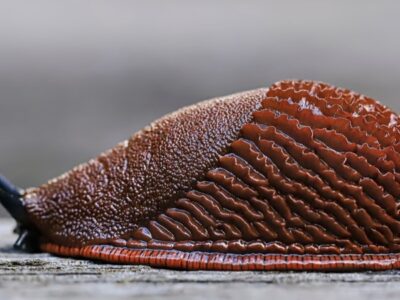
Slug
They glide around on one foot, which is aided by the slime they produce
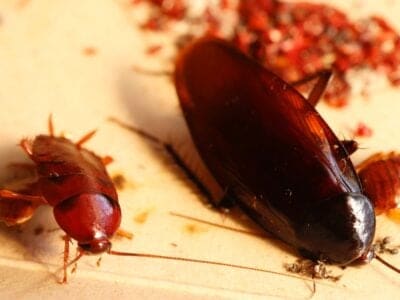
Smokybrown Cockroach
Has up to 45 eggs per egg case
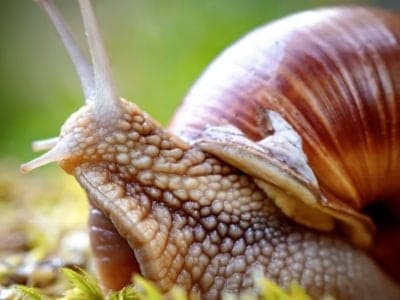
Snail
There are nearly 1,000 different species!
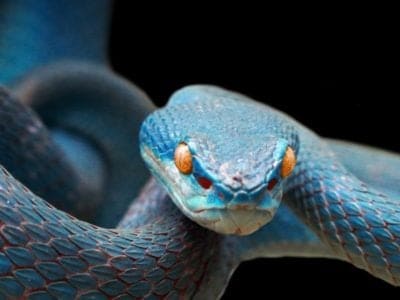
Snake
There are around 4,000 known species worldwide
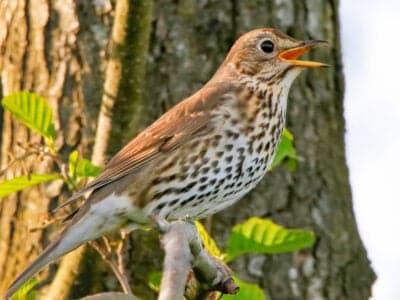
Song Thrush
A male song thrush can have over 100 phrases in his repertoire of songs and can imitate pet birds, telephones and other man-made objects.
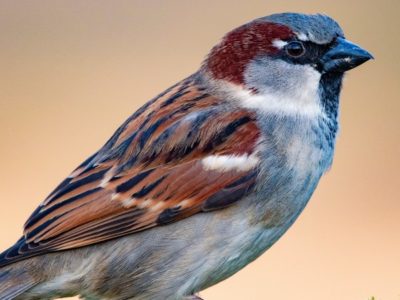
Sparrow
There are 140 different species!
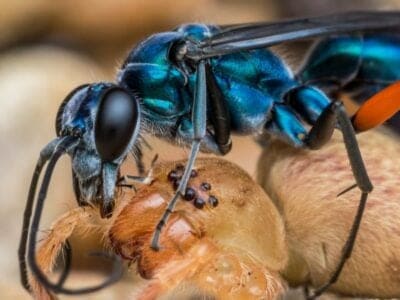
Spider Wasp
They prey on spiders to feed their larvae or they parasitize other spider wasps.
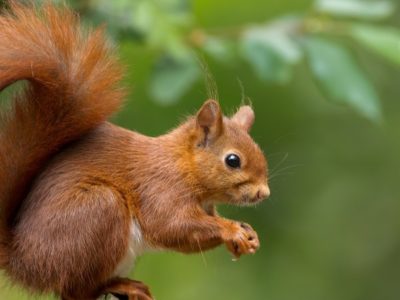
Squirrel
Small rodents found in woodlands worldwide!
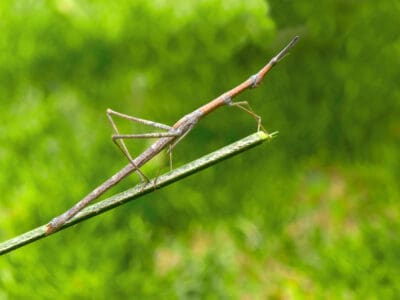
Stick Insect
There are more than 3,000 different species!
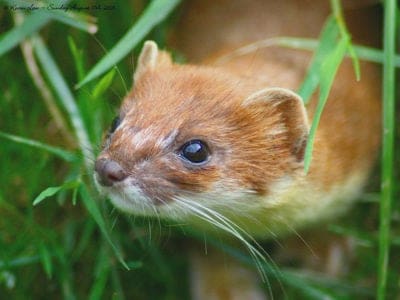
Stoat
Average adults weigh about 200 grams!
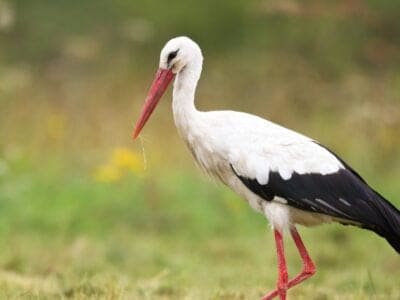
Stork
They can’t sing like other birds.
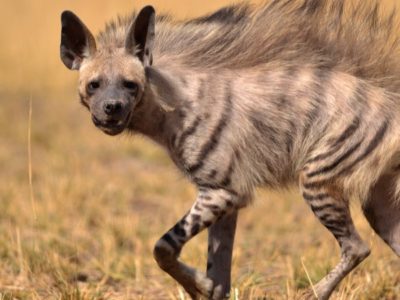
Striped Hyena
The striped hyenas usually mark their territories with the help of the scent gland secretions from their anal pouch.
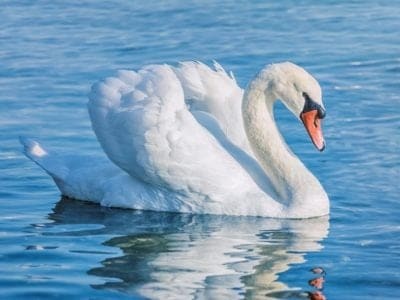
Swan
Populations have been affected by pollution!
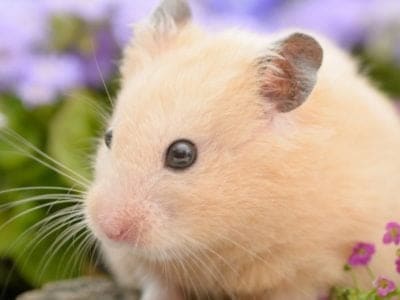
Syrian Hamster
Can get used to and respond to human voice
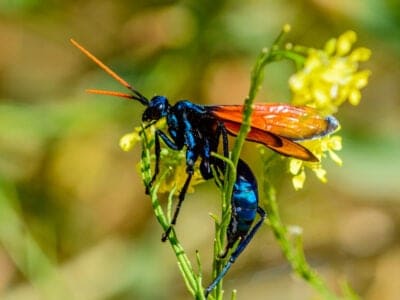
Tarantula Hawk
Tarantula hawks are excellent pollinators, especially for milkweed.
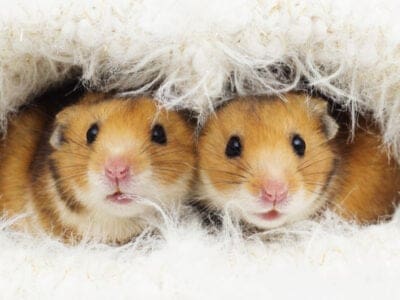
Teddy Bear Hamster
The oldest recorded teddy bear hamster was six and a half.
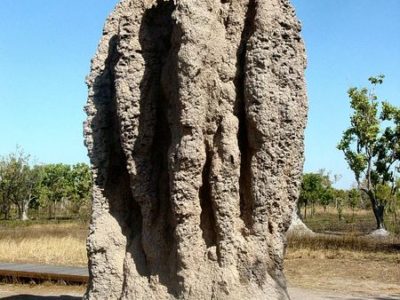
Termite
Their mounds can be up to 9 meters tall!
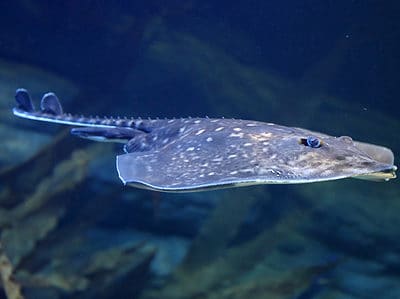
Thornback Ray
The skate with the biggest spines!
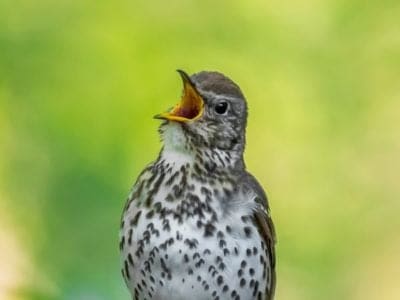
Thrush
The American robin is called the robin because its red breast reminded European settlers of the robin back in the old country.
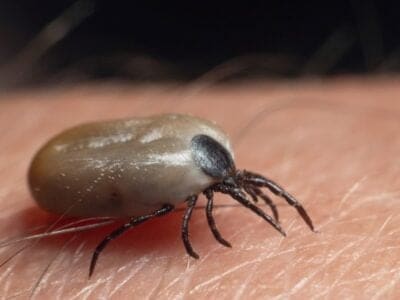
Tick
They inject hosts with a chemical that stops them from feeling the pain of the bite
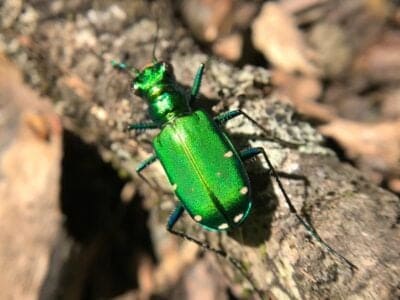
Tiger Beetle
The adult tiger beetle is one of the fastest land insects in the world
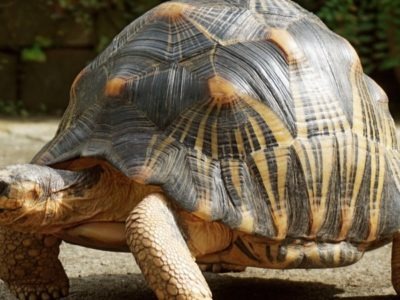
Tortoise
Can live until they are more than 150 years old!
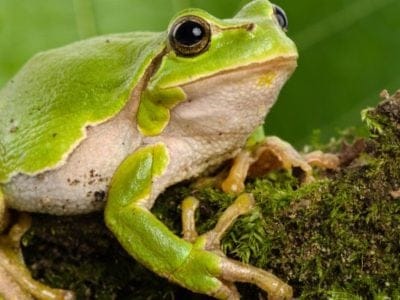
Tree Frog
Found in warmer jungles and forests!
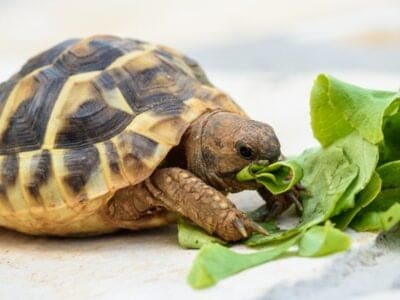
Turtles
Some species of aquatic turtles can get up to 70 percent of their oxygen through their butt.
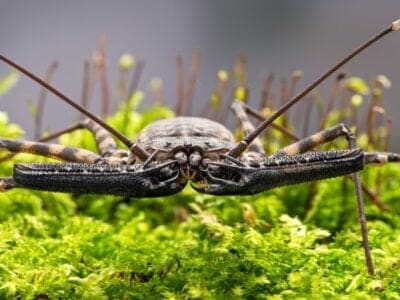
Vinegaroon
Vinegaroons can spray 19 times before the glands are depleted
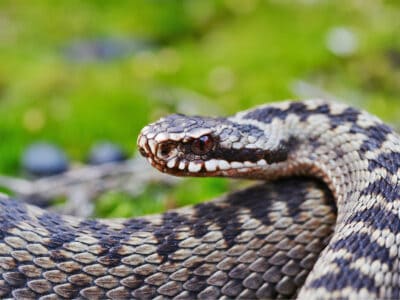
Viper
Vipers are one of the most widespread groups of snakes and inhabit most
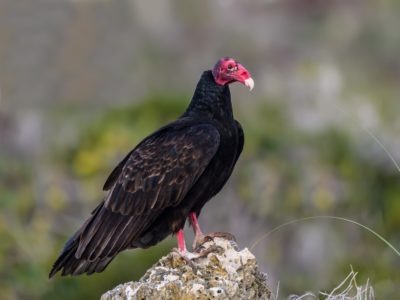
Vulture
There are 30 different species worldwide!
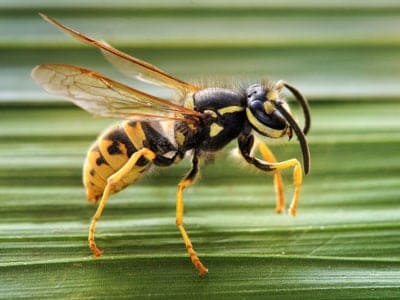
Wasp
There are around 75,000 recognised species!
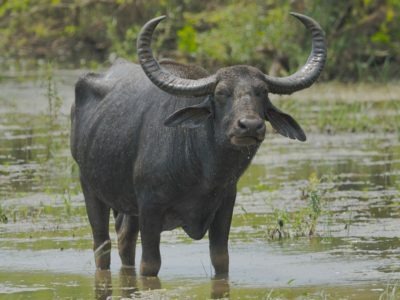
Water Buffalo
Has been domesticated for thousands of years!
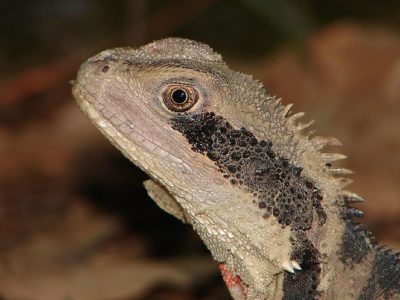
Water Dragon
Spends most of it's time in the trees!
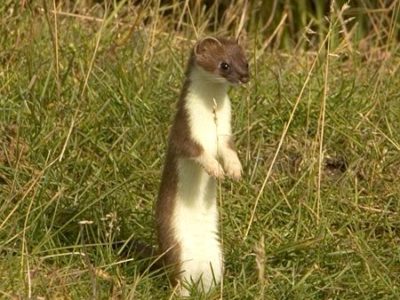
Weasel
The smallest carnivorous mammal in the world!

White Ferret / Albino Ferrets
There are two different types of white ferrets!
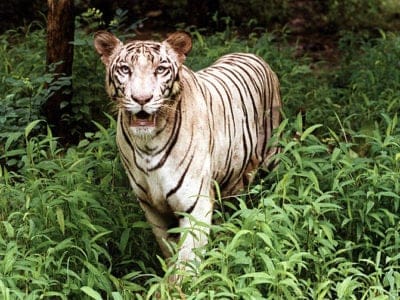
White Tiger
None have been seen in the wild for 50 years!
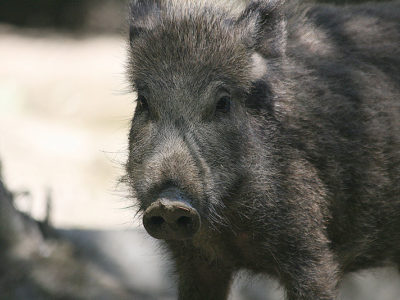
Wild Boar
Males have a top tusk to sharpen the bottom one!
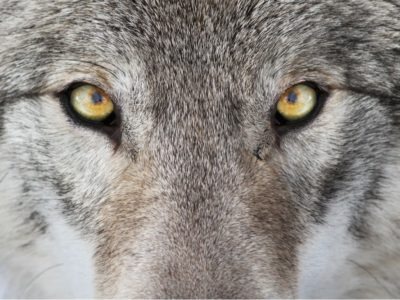
Wolf
Thought to date back more than 300,000 years!
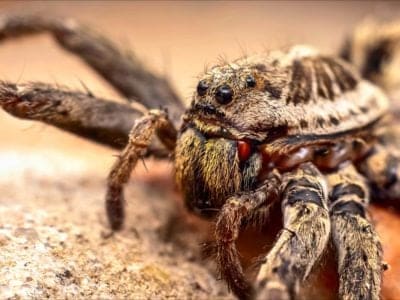
Wolf Spider
Carnivorous arachnid that hunts its prey.
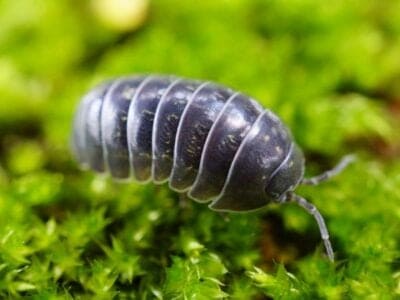
Woodlouse
This animal can roll up into a ball
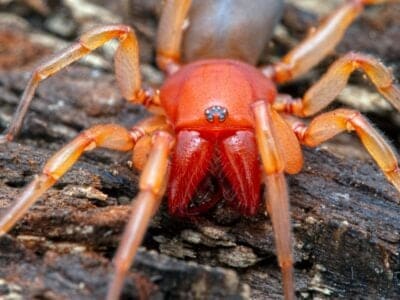
Woodlouse Spider
Unlike most spiders, woodlouse spiders don’t build a web.
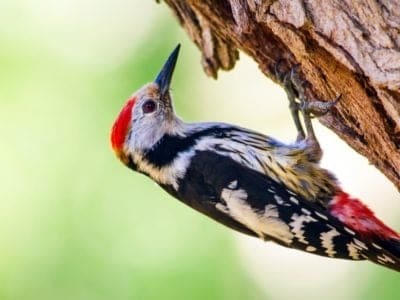
Woodpecker
There are 200 different species!
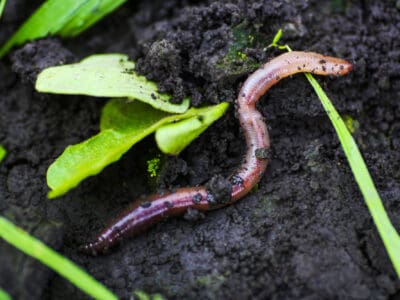
Worm
Doesn’t have eyes.
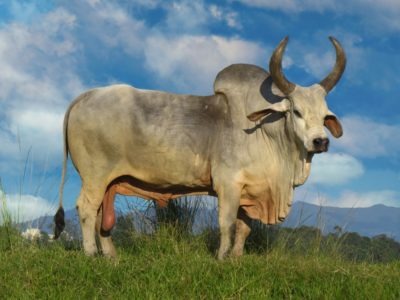
Zebu
There are around 75 different species!
Syrian Animals List
- Admiral Butterfly
- Angora Goat
- Ant
- Antelope
- Arabian Wolf
- Armyworm
- Aurochs
- Avocet
- Banana Spider
- Barb
- Barn Owl
- Barn Swallow
- Bat
- Bear
- Bed Bugs
- Bee
- Beetle
- Bird
- Biscuit Beetle
- Black Widow Spider
- Brazilian Treehopper
- Brown Dog Tick
- Bumblebee
- Butterfly
- Camel
- Camel Cricket
- Camel Spider
- Caracal
- Carpenter Ant
- Cat
- Caterpillar
- Catfish
- Centipede
- Chameleon
- Chicken
- Cicada
- Cinereous Vulture
- Cockroach
- Codling Moth
- Common Buzzard
- Common Furniture Beetle
- Common House Spider
- Common Raven
- Cormorant
- Cow
- Crab
- Crab Spider
- Crane
- Cricket
- Crocodile
- Crow
- Cuckoo
- Deer
- Desert Locust
- Desert Wolf
- Dog
- Dog Tick
- Donkey
- Dormouse
- Dragonfly
- Dried Fruit Moth
- Duck
- Dung Beetle
- Eagle
- Earthworm
- Earwig
- Eel
- Egyptian Vulture
- Elephant
- Eurasian Eagle-owl
- Eurasian Jay
- European Goldfinch
- European Robin
- Falcon
- Fallow deer
- False Cobra
- False Widow Spider
- Fire-Bellied Toad
- Firefly
- Flamingo
- Flea
- Fly
- Flying Squirrel
- Fox
- Frog
- Fruit Fly
- Gazelle
- Gecko
- Gerbil
- German Cockroach
- Glass Lizard
- Glowworm
- Gnat
- Goat
- Golden Eagle
- Golden Oriole
- Goose
- Grasshopper
- Green Bee-Eater
- Gypsy Moth
- Hamster
- Hare
- Hawk Moth Caterpillar
- Hedgehog
- Heron
- Honey Bee
- Hoopoe
- Horned Viper
- Horse
- Horsefly
- Housefly
- Human
- Huntsman Spider
- Hyena
- Ibex
- Ibis
- Insects
- Jackal
- Jerboa
- Jumping Spider
- Kingfisher
- Ladybug
- Leech
- Liger
- Linnet
- Lizard
- Locust
- Long-Eared Owl
- Long-Tailed Tit
- Magpie
- Mayfly
- Mealybug
- Millipede
- Mole
- Mole Cricket
- Mongoose
- Mongrel
- Monitor Lizard
- Monkey
- Moorhen
- Mosquito
- Moth
- Mouse
- Mule
- Neanderthal
- Nematode
- Newt
- Nightingale
- No See Ums
- Onager
- Orb Weaver
- Osprey
- Otter
- Owl
- Ox
- Parakeet
- Parrot
- Peregrine Falcon
- Persian
- Pheasant
- Pig
- Pigeon
- Pika
- Pompano Fish
- Pond Skater
- Porcupine
- Praying Mantis
- Quail
- Rabbit
- Rat
- Rhinoceros
- River Turtle
- Robin
- Rodents
- Roe Deer
- Rooster
- Sable Ferret
- Salamander
- Saluki
- Sand Cat
- Sand Crab
- Scorpion
- Sea Eagle
- Seahorse
- Sheep
- Short-Eared Owl
- Shrew
- Shrimp
- Skink Lizard
- Slow Worm
- Slug
- Smokybrown Cockroach
- Snail
- Snake
- Song Thrush
- Sparrow
- Spider Wasp
- Squirrel
- Stick Insect
- Stoat
- Stork
- Striped Hyena
- Swallowtail Butterfly
- Swan
- Syrian Hamster
- Tarantula Hawk
- Teddy Bear Hamster
- Termite
- Thornback Ray
- Thrush
- Tick
- Tiger Beetle
- Tortoise
- Tree Frog
- Turtles
- Vinegaroon
- Viper
- Vulture
- Wasp
- Water Buffalo
- Water Dragon
- Weasel
- White Ferret / Albino Ferrets
- White Tiger
- Wild Boar
- Wolf
- Wolf Spider
- Woodlouse
- Woodlouse Spider
- Woodpecker
- Worm
- Zebu
Animals in Syria FAQs (Frequently Asked Questions)
What animals live in Syria?
Syria contains nearly 400 species of birds and over a hundred species of mammals and reptiles each. The country was once home to many large carnivores such as the Asiatic lion, cheetah, and leopard, which have completely disappeared from Syria. Fortunately, many other carnivores still remain, like the brown bear, gray wolf, jungle cat, sand cat, caracal, striped hyena, golden jackal, foxes, and quite a few badgers and weasels. It also has a rich selection of deer, gazelles, goats, rodents, bats, snakes, migratory birds, and birds of prey. Whales, sea turtles, and other aquatic animals can be seen off the coast of Syria.
Are there tigers in Syria?
Tigers are not native to Syria today, but there is some evidence that the Caspian tiger subspecies, which went completely extinct around 2003, did once live in the country perhaps as recently as the 19th century.
Does Syria have camels?
Yes, the domesticated dromedary, also known as the Arabian camel, still lives in Syria today. Historically, it’s been used as a means of transportation, milk production, meat, and wool. Scientists have also found fossils dating back around 100,000 years of an extinct giant camel that stood about 10 to 13 feet tall, or the same shoulder height as an elephant, although it resembles a dromedary in most other respects. These remarkable facts show that the camel existed in Syria much longer than previously suspected.
What animal represents Syria?
Syria is represented by the hawk, which adorns the national coat of arms.




